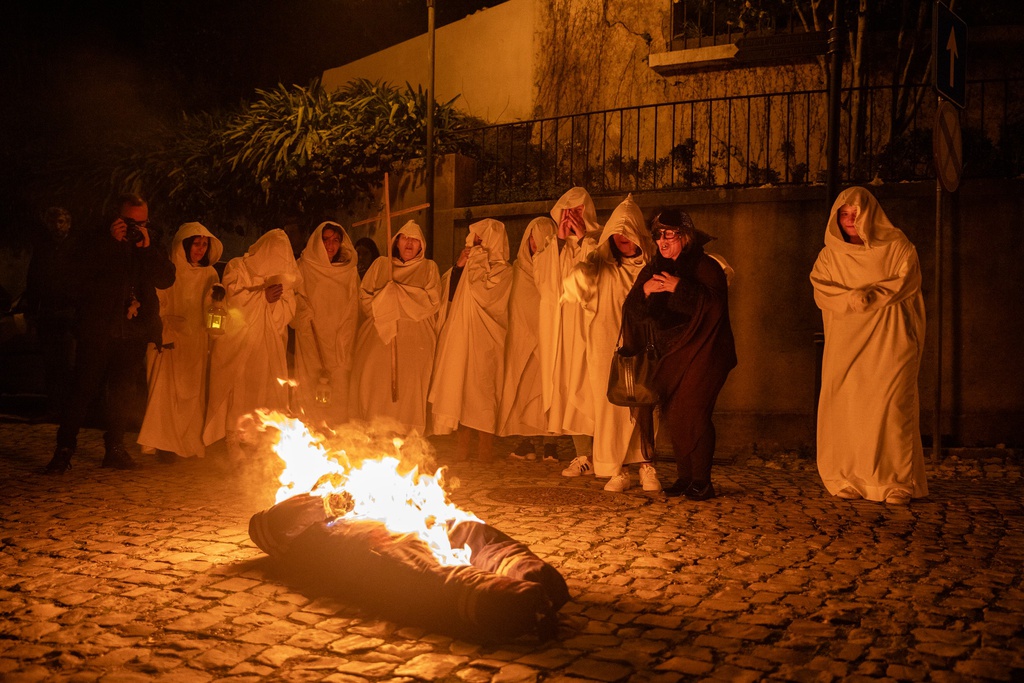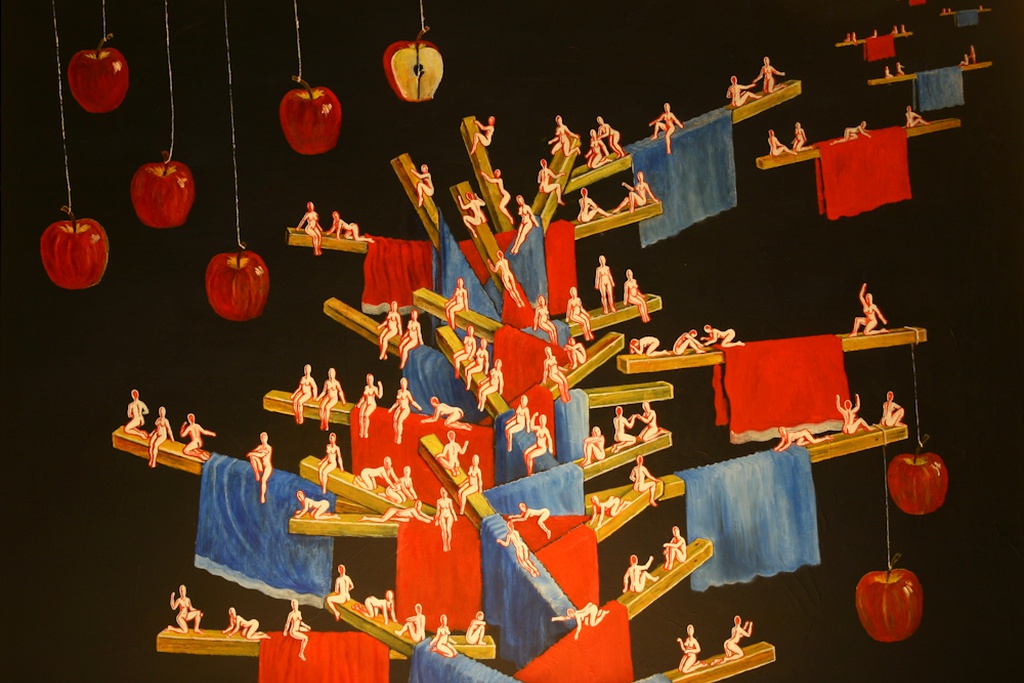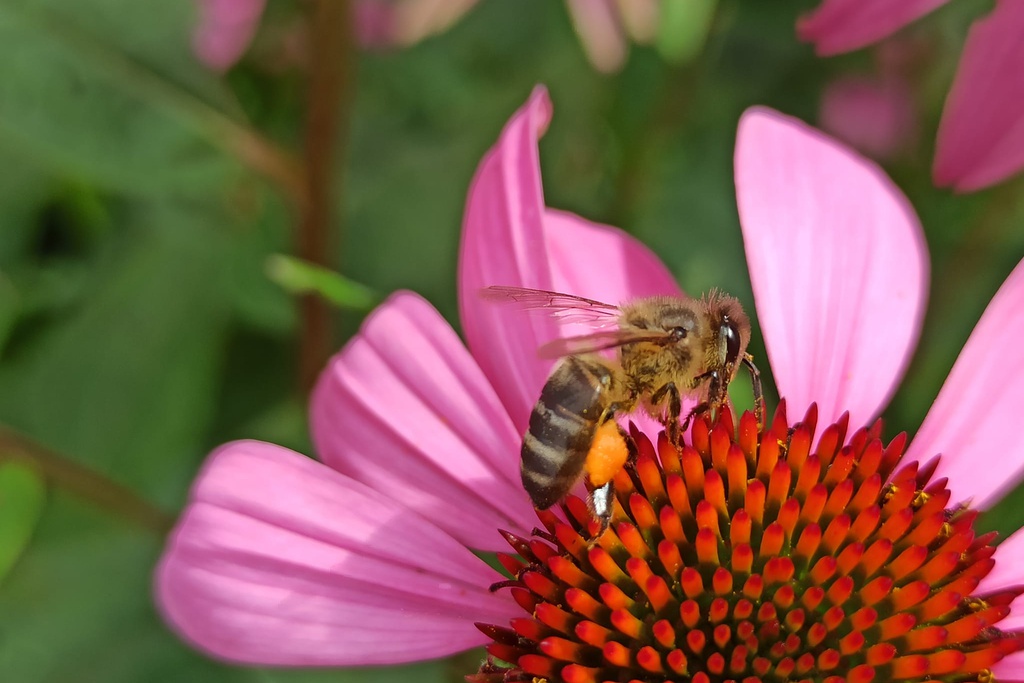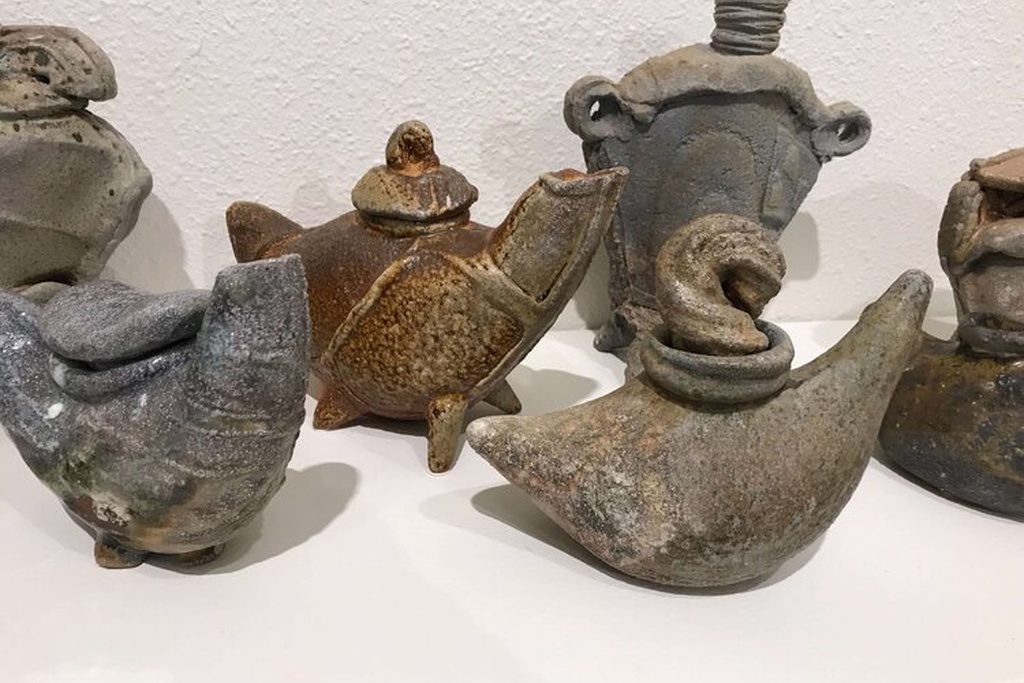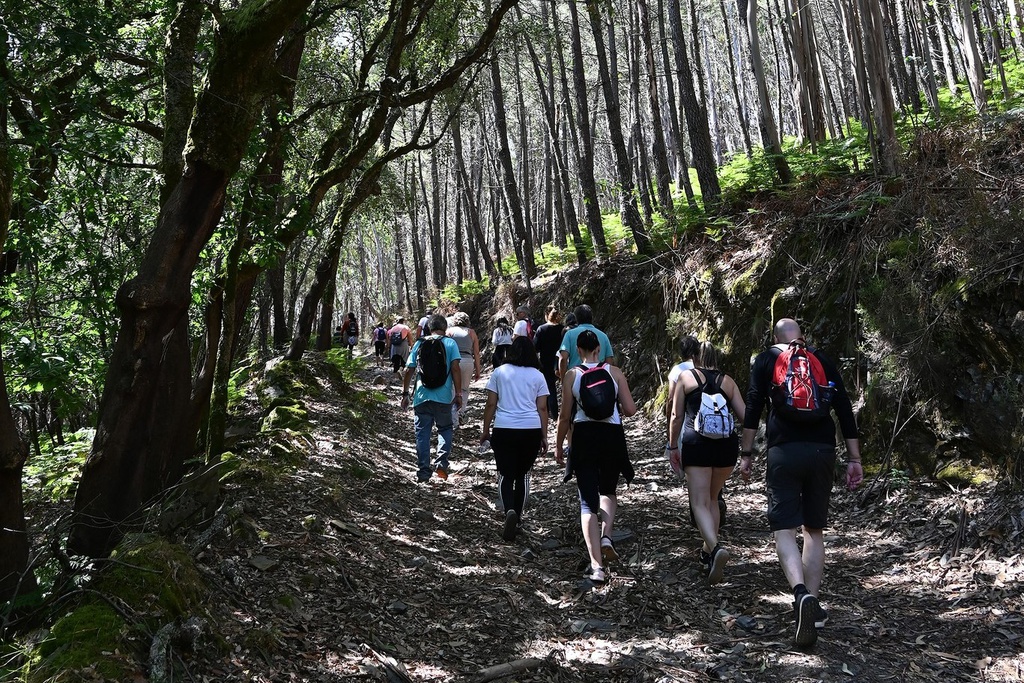It is very likely that the settlement already existed in the 16th century . The 18th century - judging by the nature and size of the buildings erected then and which we can still admire – would have been a heyday of development. Historical records mention Barroca with regard to the Maria da Fonte Revolution during which, on 5 July 1846, the " Fabião Guerrilla Force" distinguished itself. This was led by a certain Fabião from Barroca, the very person who built and owned the Casa Grande.
Thanks to the activity of the mining area of Panasqueira, the 20th century brought work and wealth. With the end of the 2nd Great War, mining was drastically reduced. Many sought a future in new horizons. Those who later returned, at the end of the century, built the houses surrounding the old village.
Origin of the name
The name Barroca has several possible origins: in one of the versions of the "Portugalliae" by Fernando Álvaro Seco, which is dated 1600 and is deemed to be one of the first cartographic representations of the whole continental Portuguese territory, one can find Abaroqua at the location of the current Barroca.
For Viterbo (1798), Barroco means "Boulder, or tall boulders, overlooking the valley or flatlands, and embedded. Hence Barrocal: place full of high, craggy boulders." On the other hand, in Portuguese, Barroca meant a place where there was “barro”, or clay and this material can also be found in the vicinity of the village. Locals believe the name to be linked to a long, deep valley flanking the village: the "Chão da Cova".
Crossing the Zêzere
Information from 1758 tells us that anyone wishing to cross the rushing Zêzere with its strong currents could do so by ferry, together with two animals and another eleven people. This was deemed to be the regular load for this type of boat.
The Casa Grande in the Guerra da Patuleia
In October 1846, Portugal was embroiled in civil war. The eight months during which the Patuleia civil war was fought between the Chartists (conservative liberals) and Septembrists (radical liberals), put Beira Baixa to “fire and sword". Fundão was the stage for fratricidal struggles.
The celebrated “Fabião Guerrilla Force” or "Army of the River", led by Fabião António Leitão, managed to take control of the municipality of Fundão. From his home - Casa Grande - Fabião António sent official correspondence as administrator of the municipality, in what was then considered to be "a kind of republic of Cova da Beira". However, History was not on the side of the Septembrists (liberals). And in June 1847 the revolution was quelled. It is said that this could only be achieved with the aid of foreign troops.


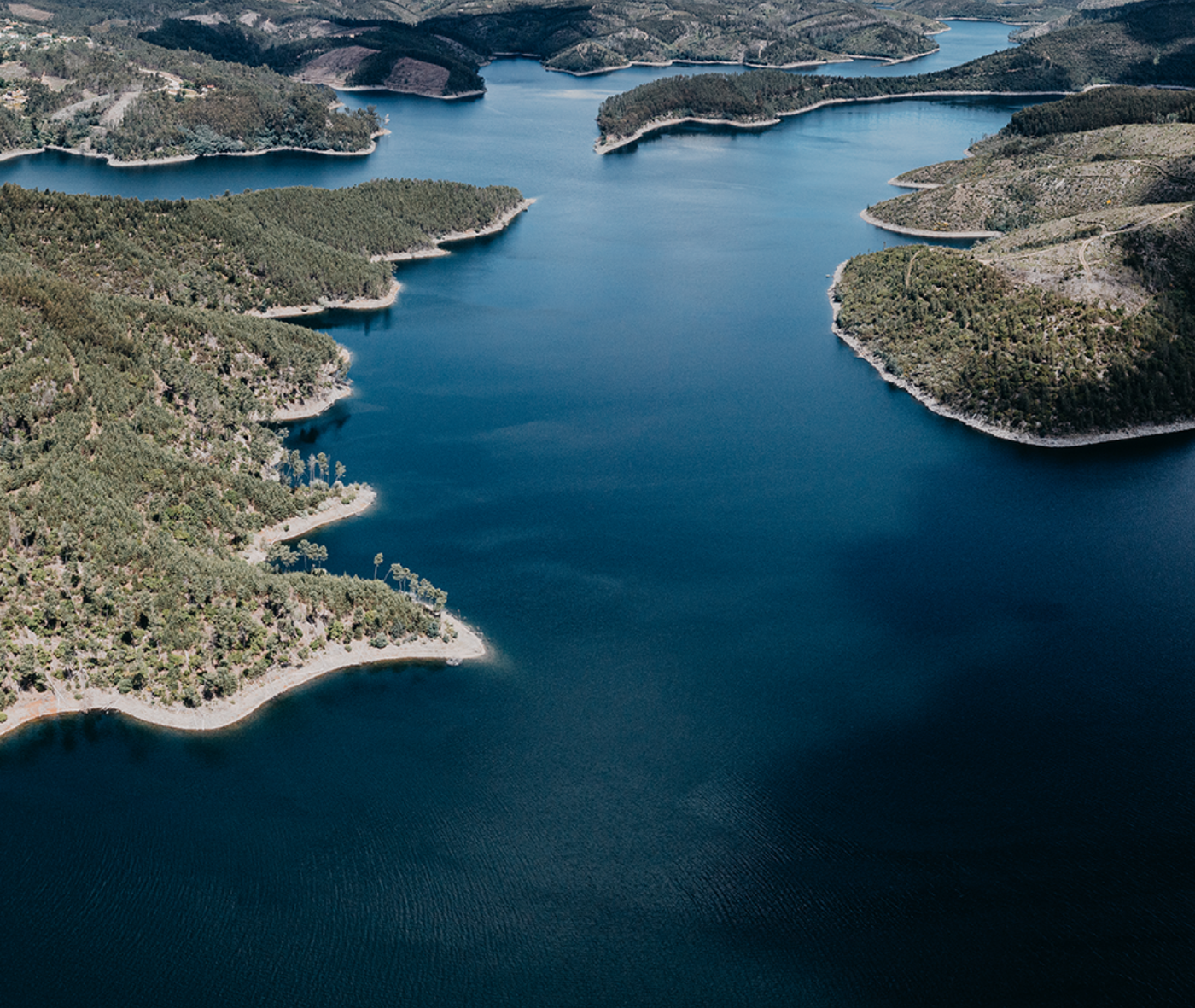
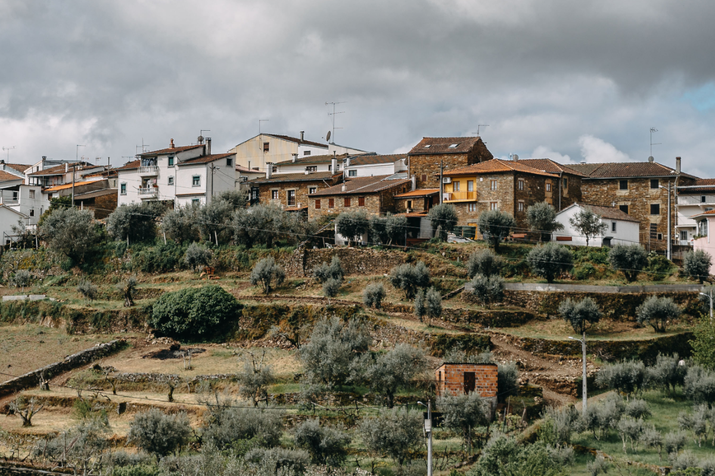
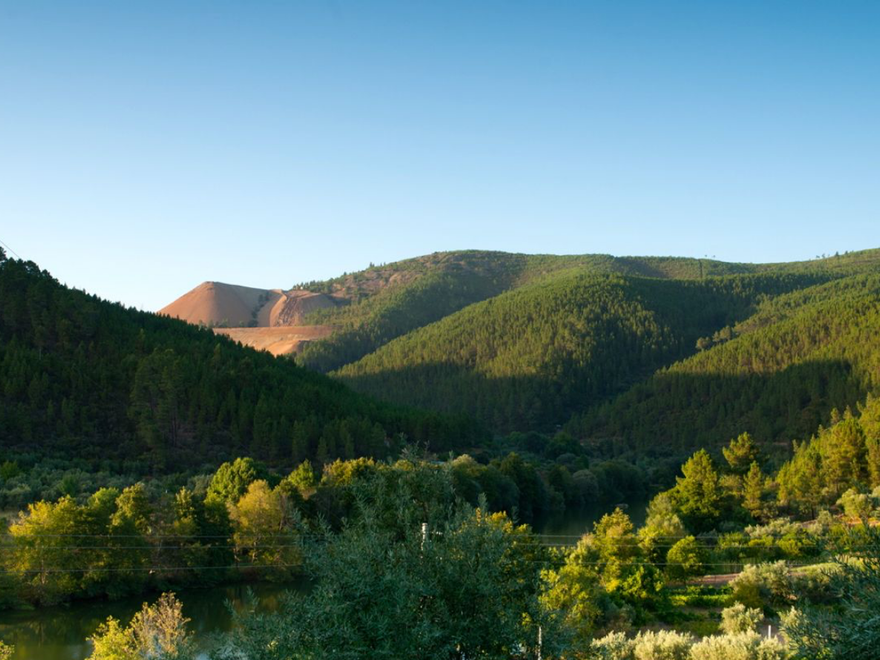
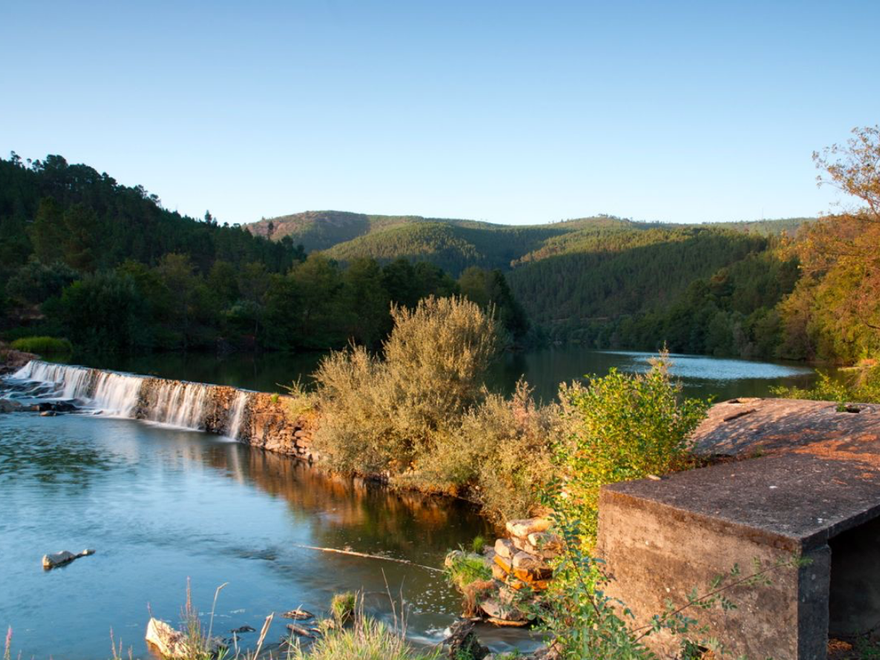
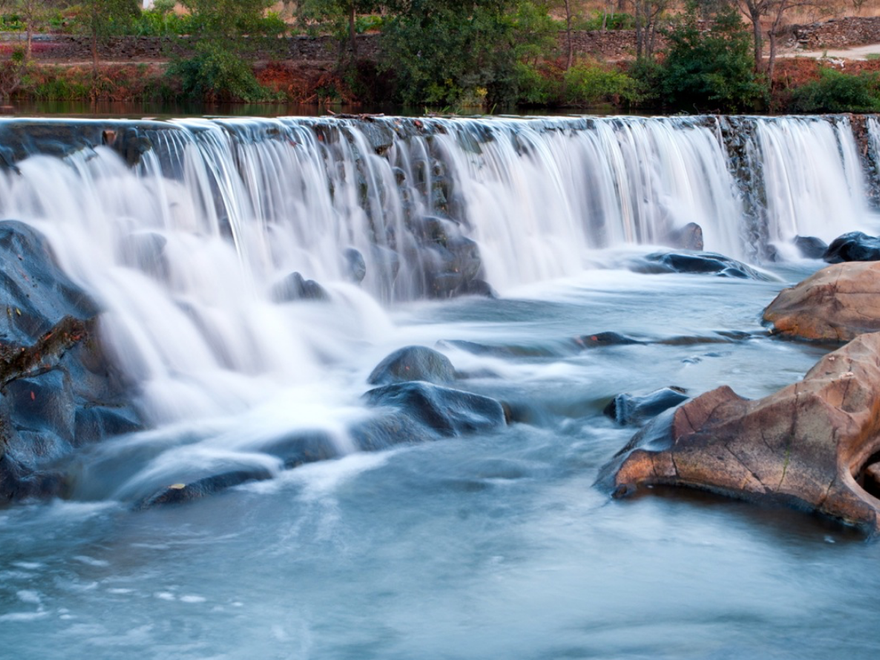
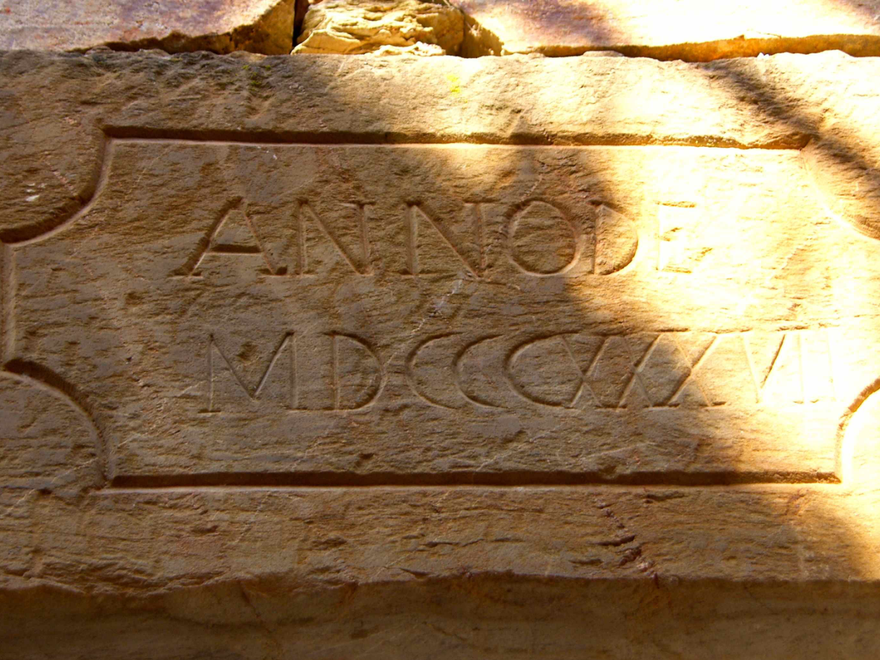
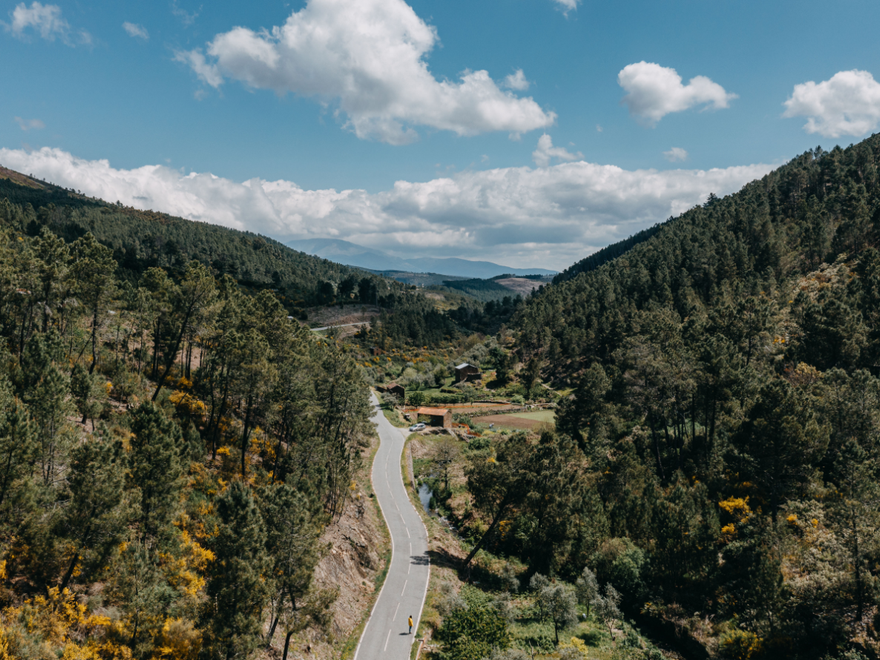
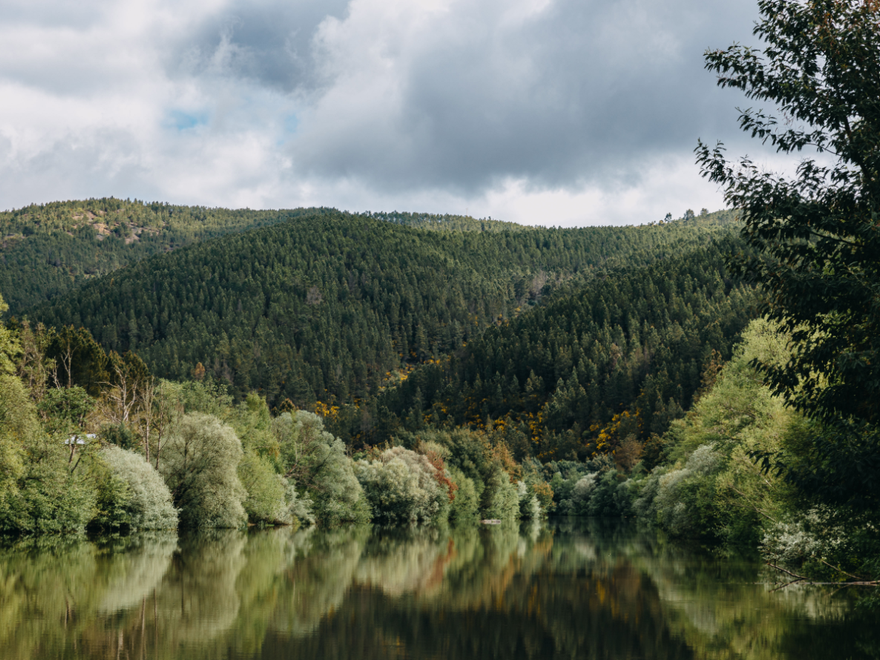
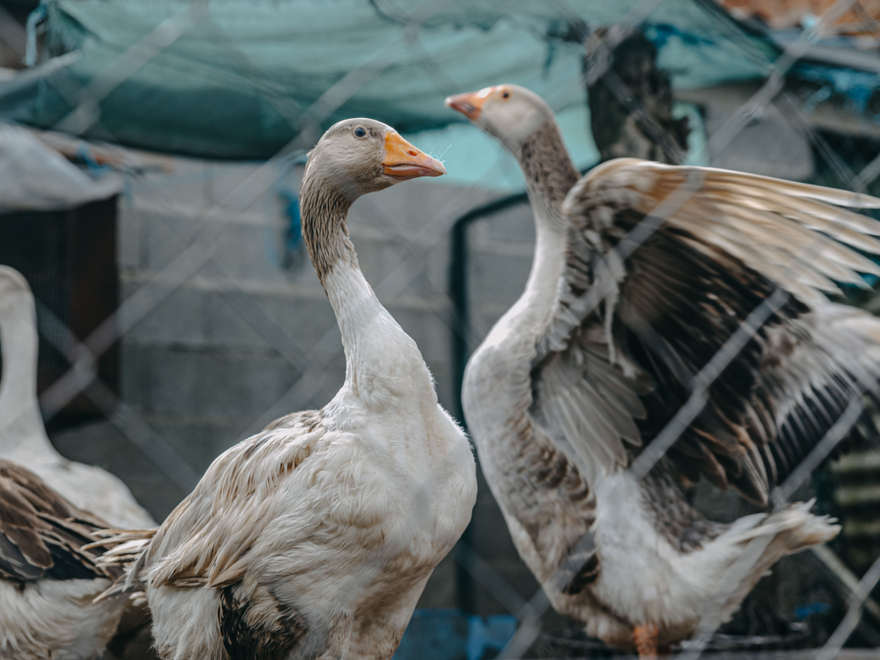
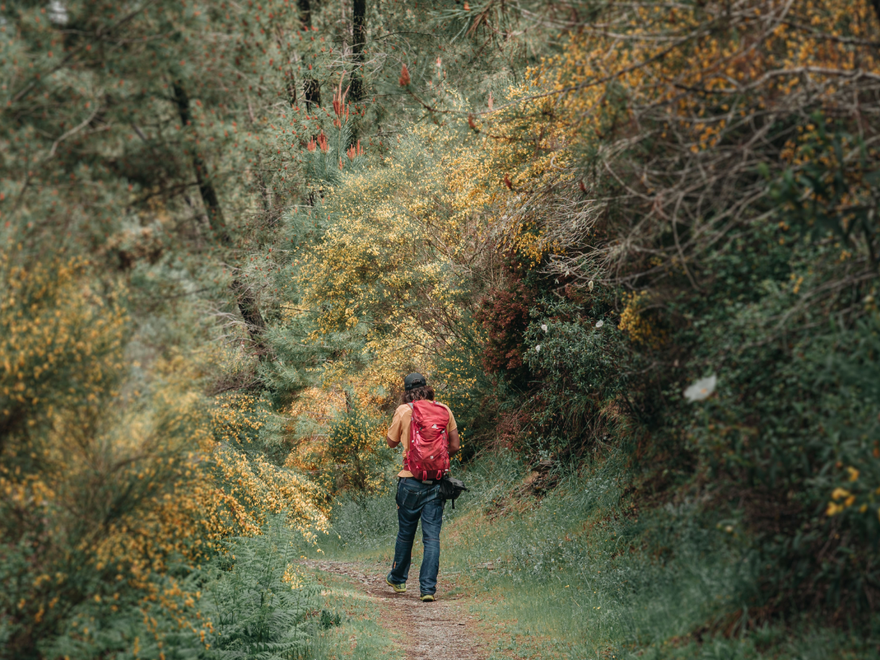
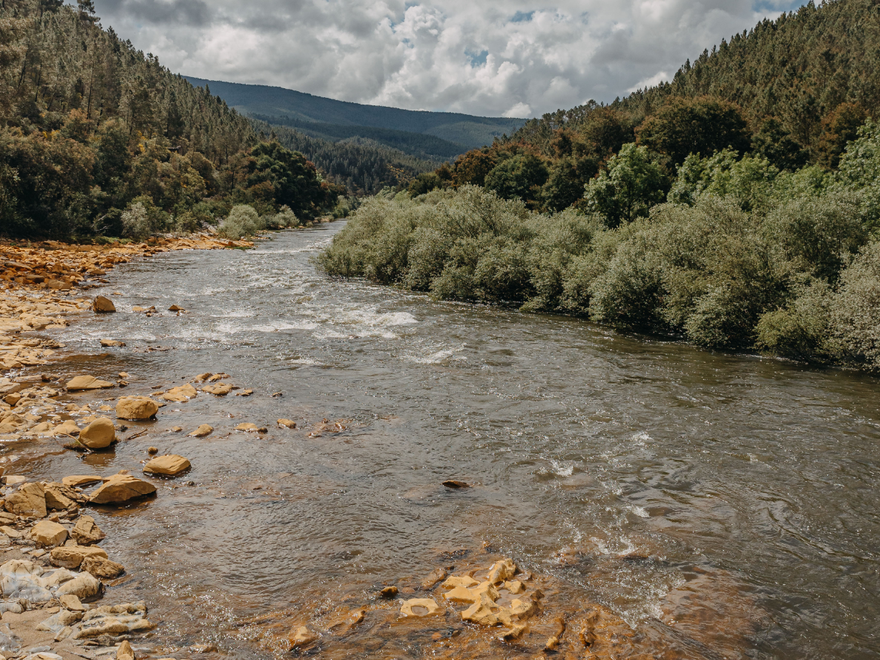
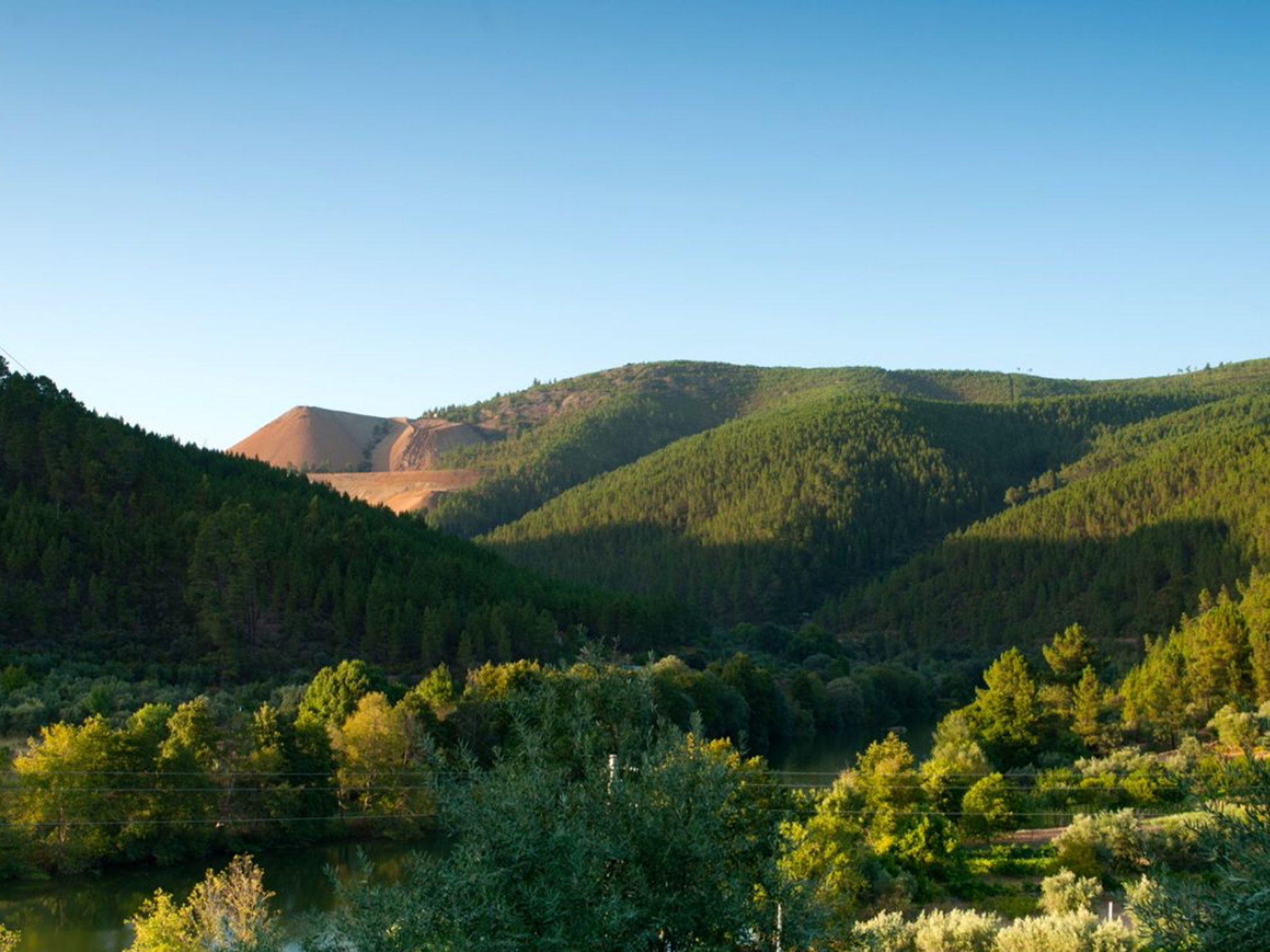
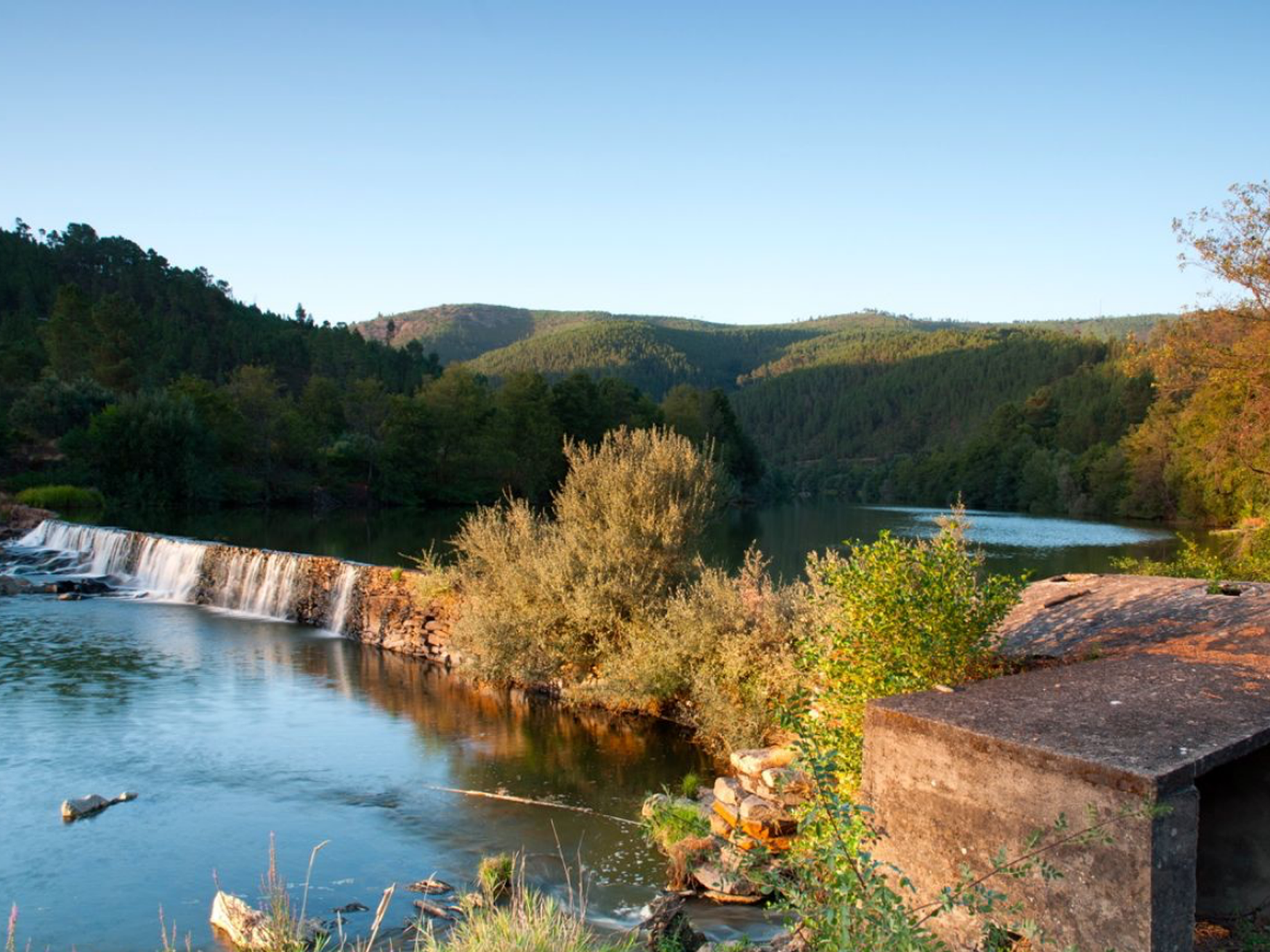
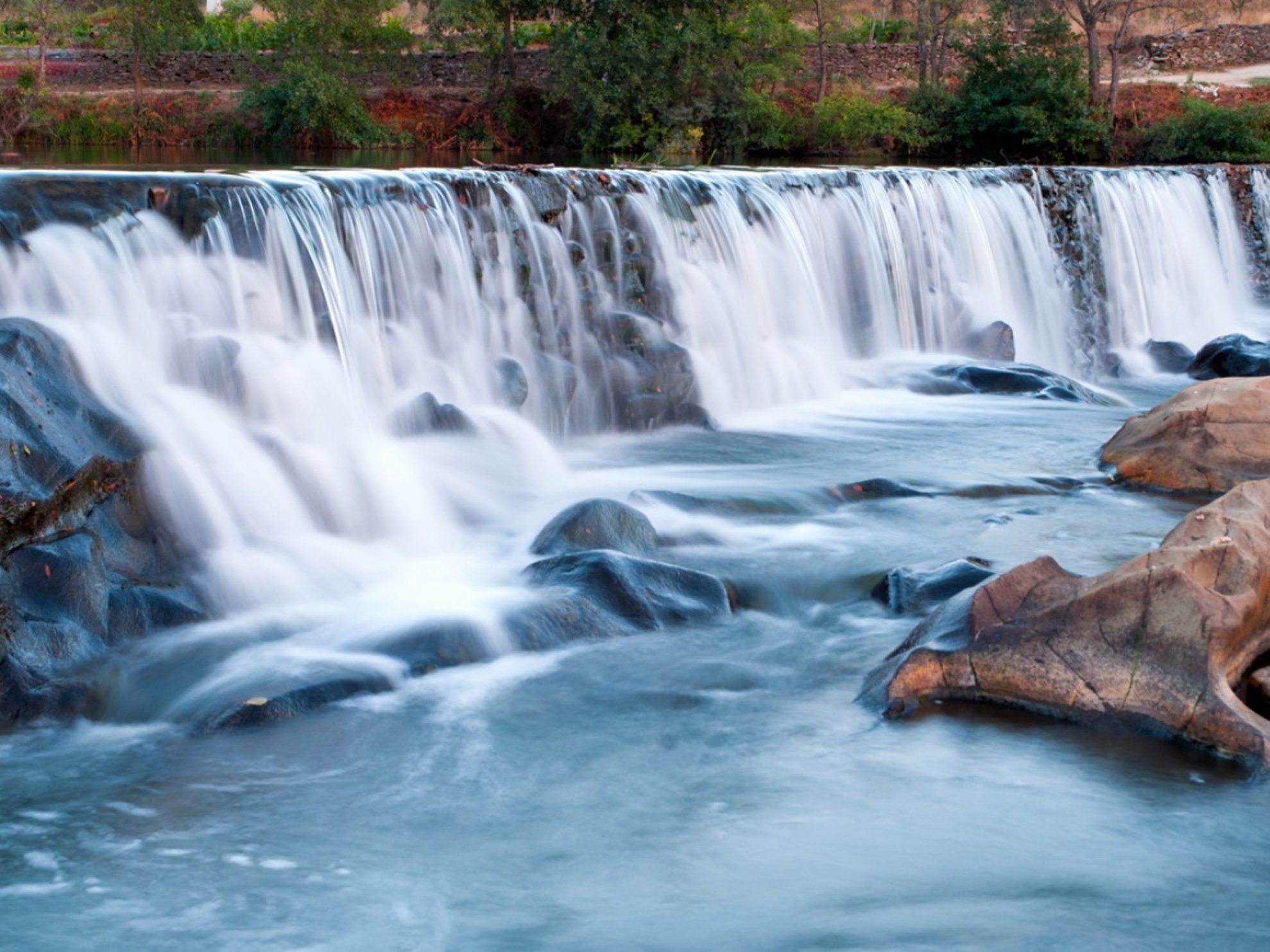
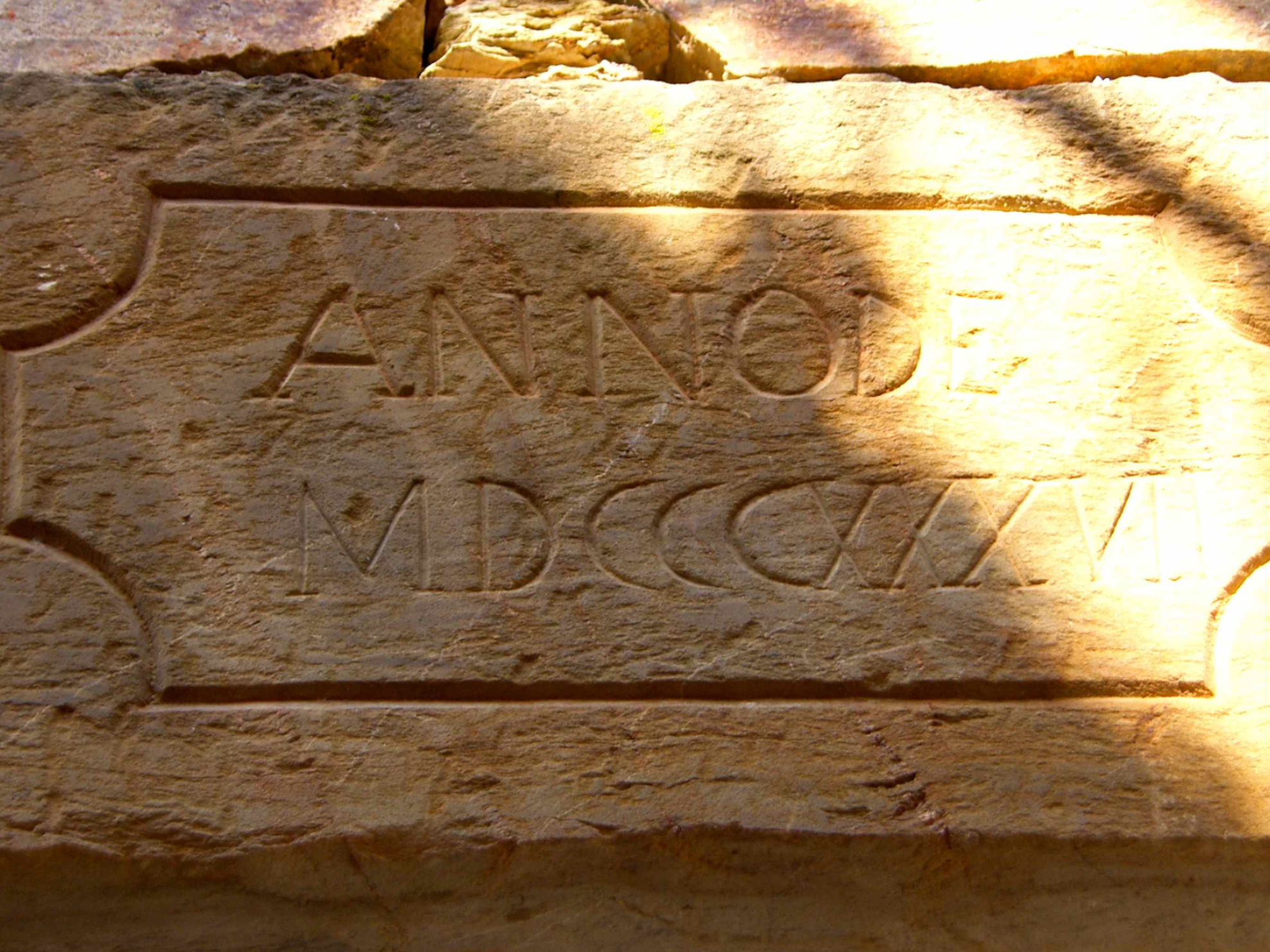
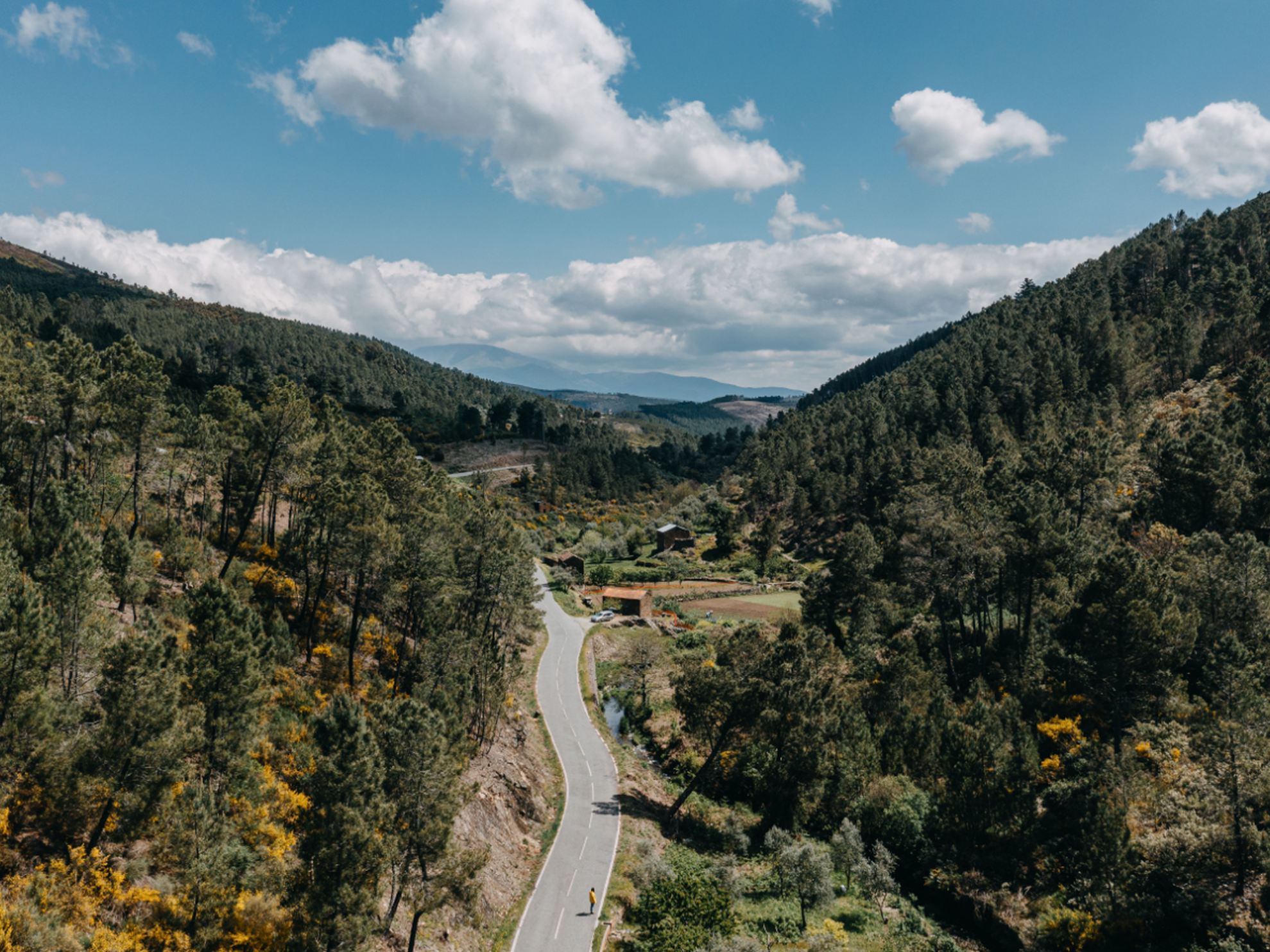
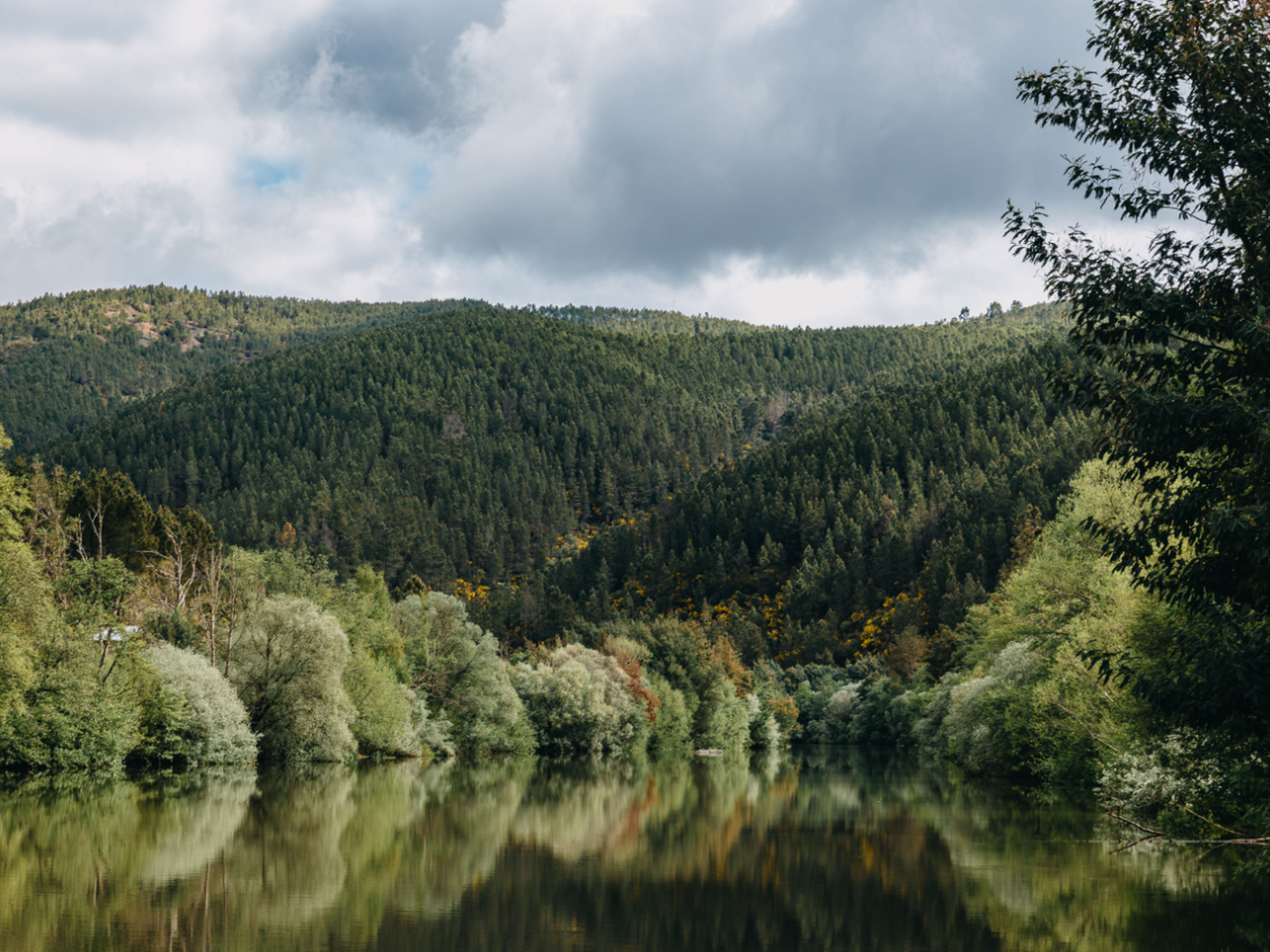
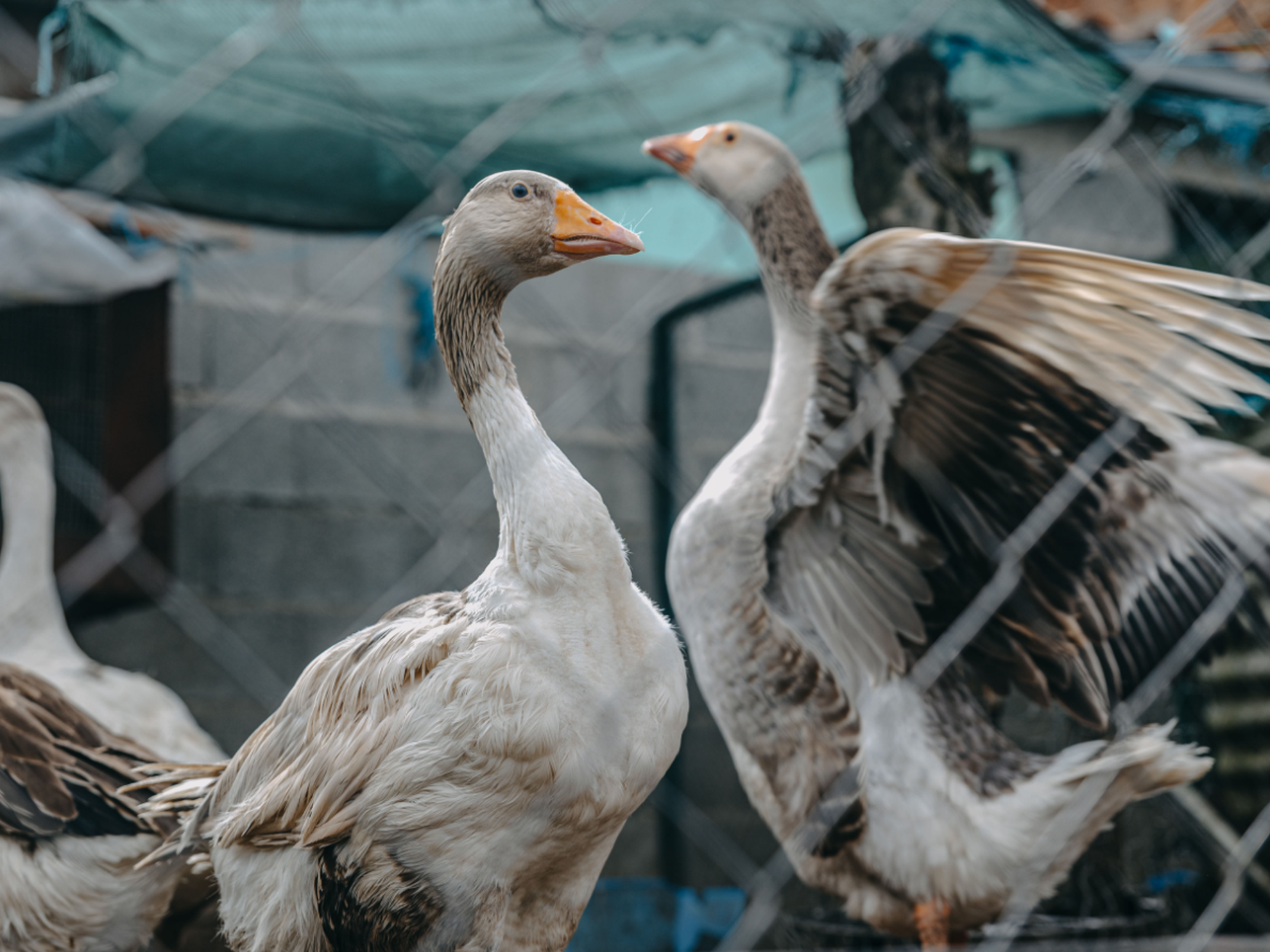
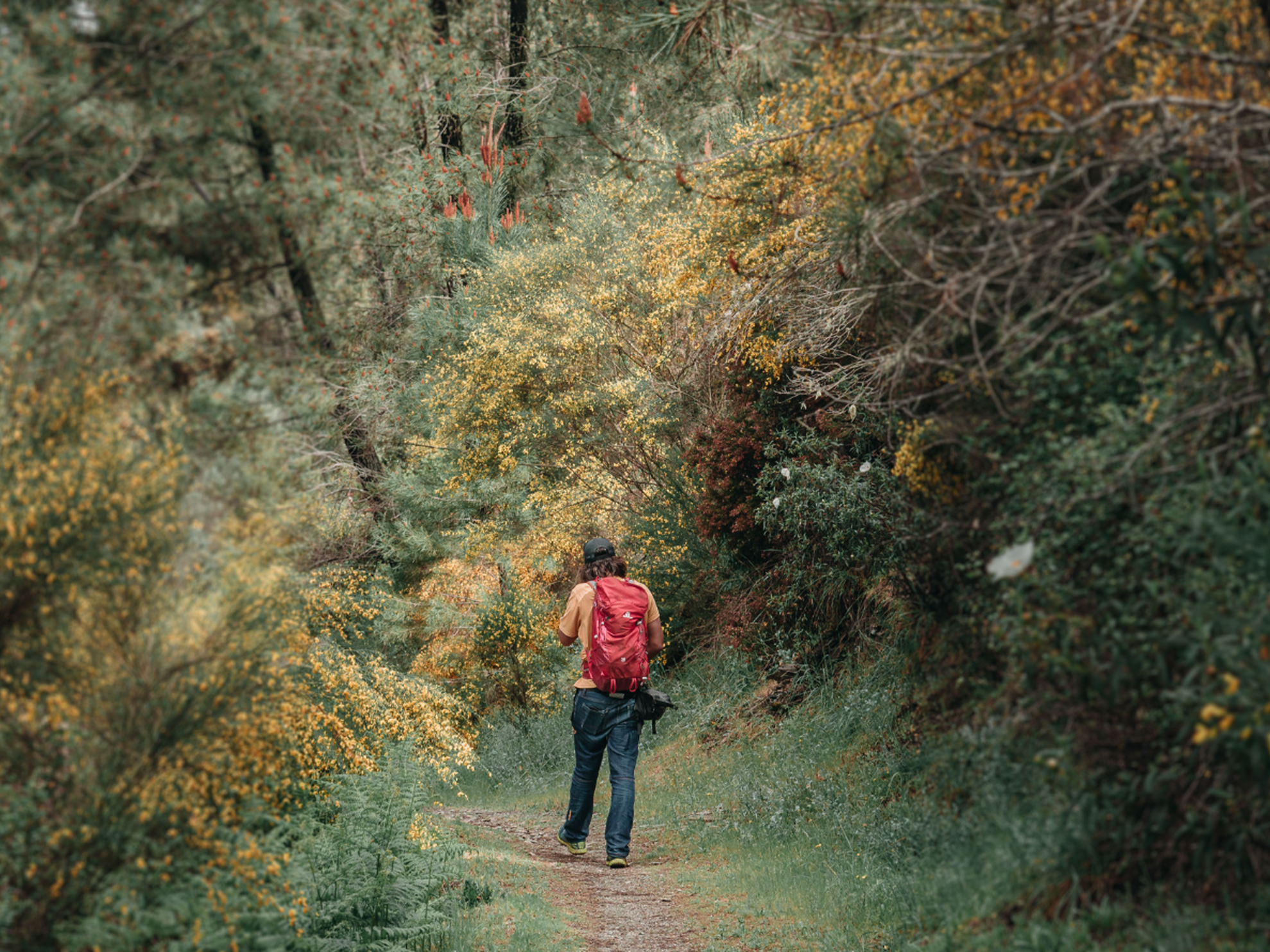
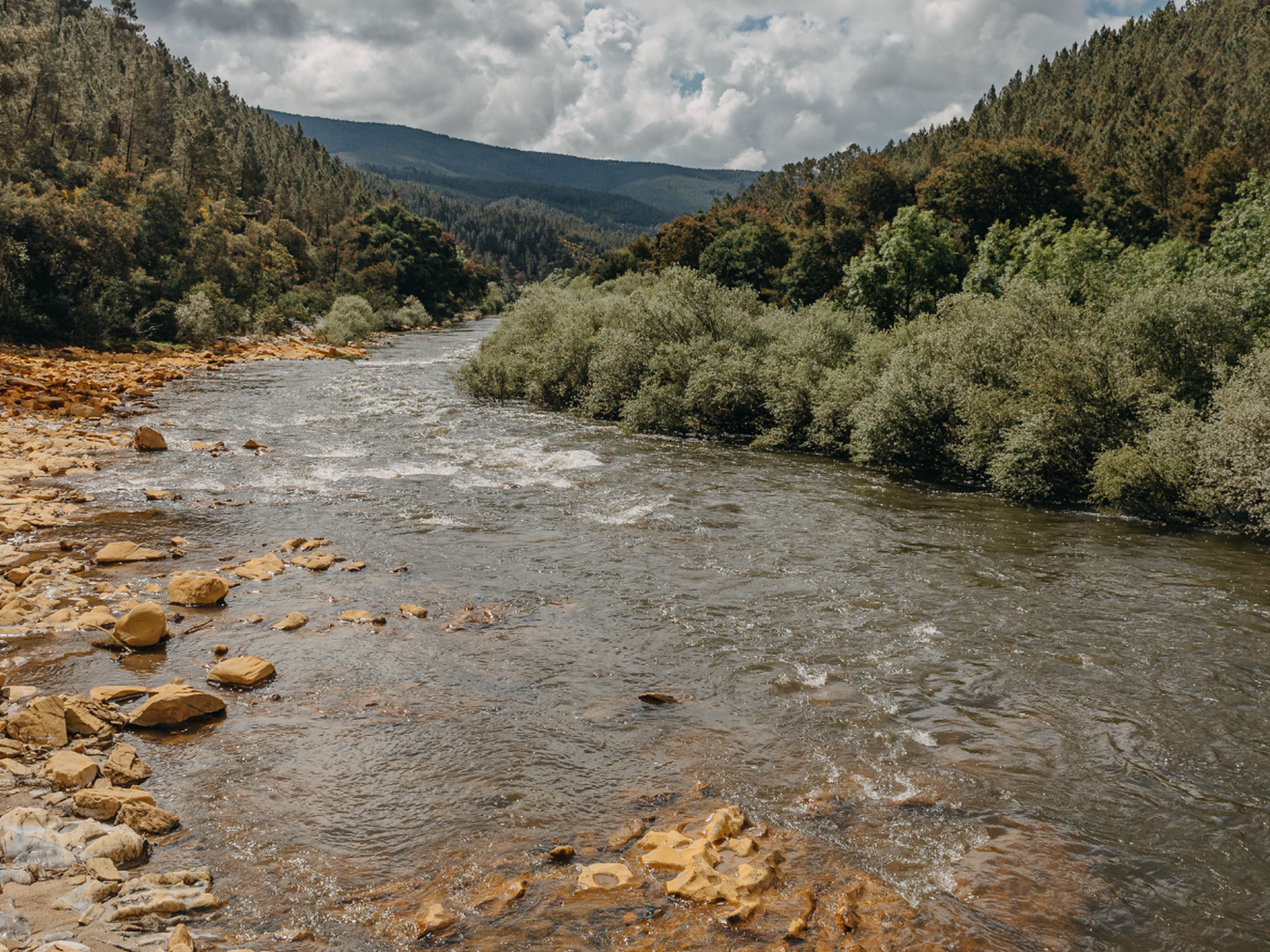
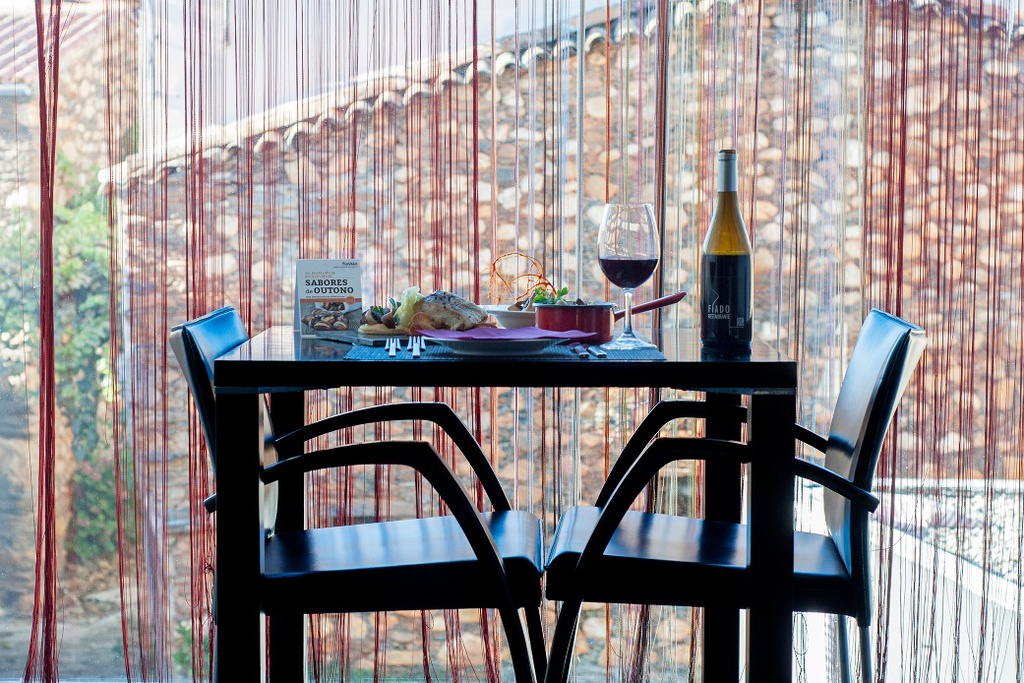
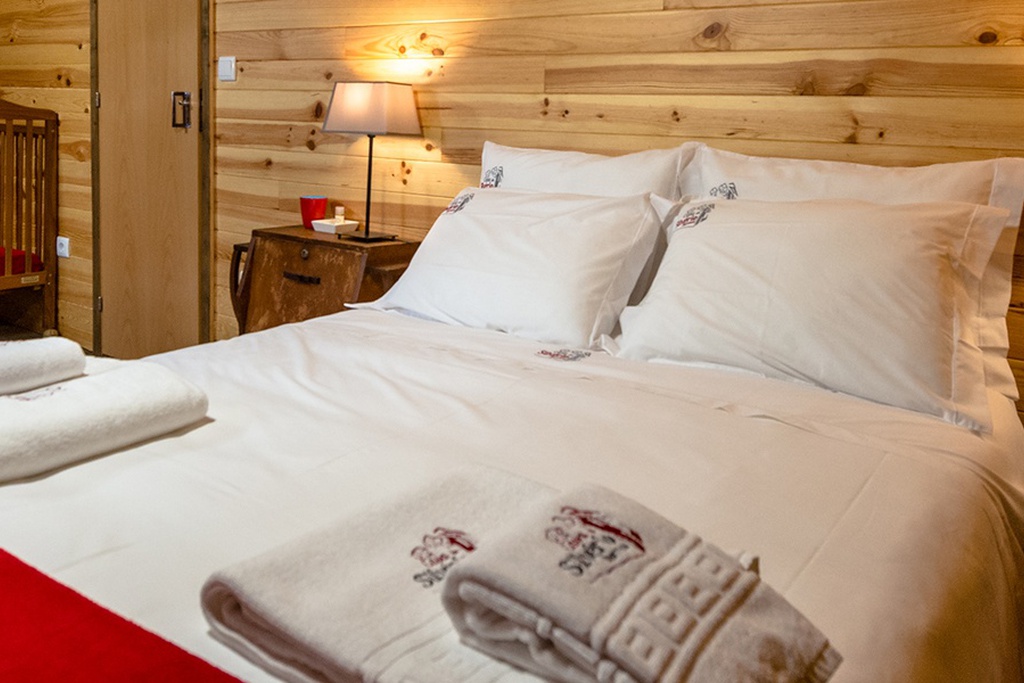
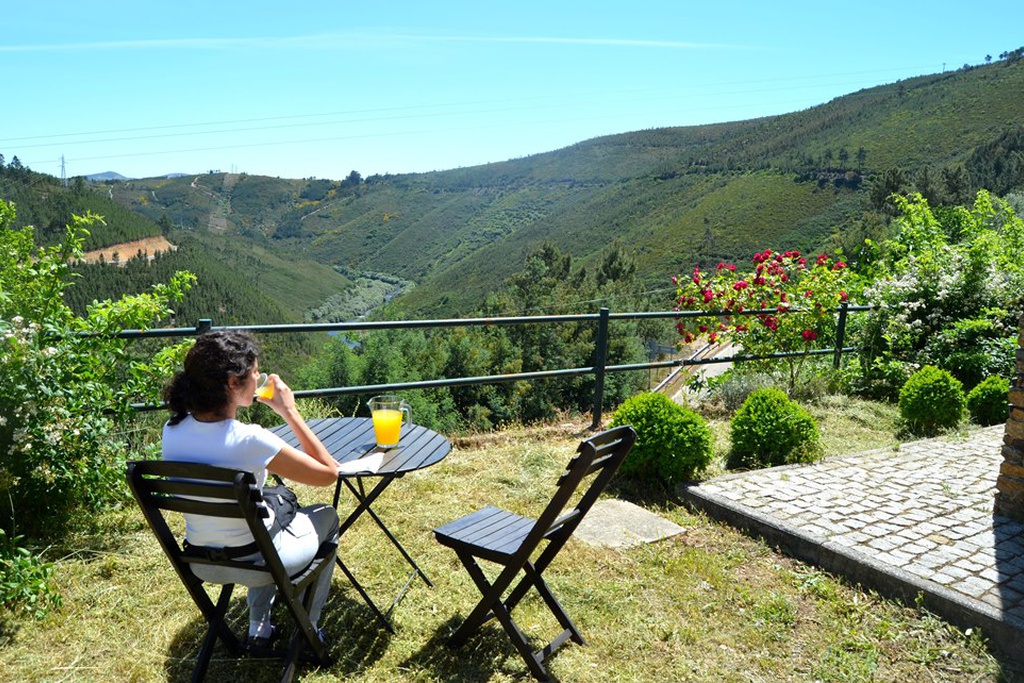
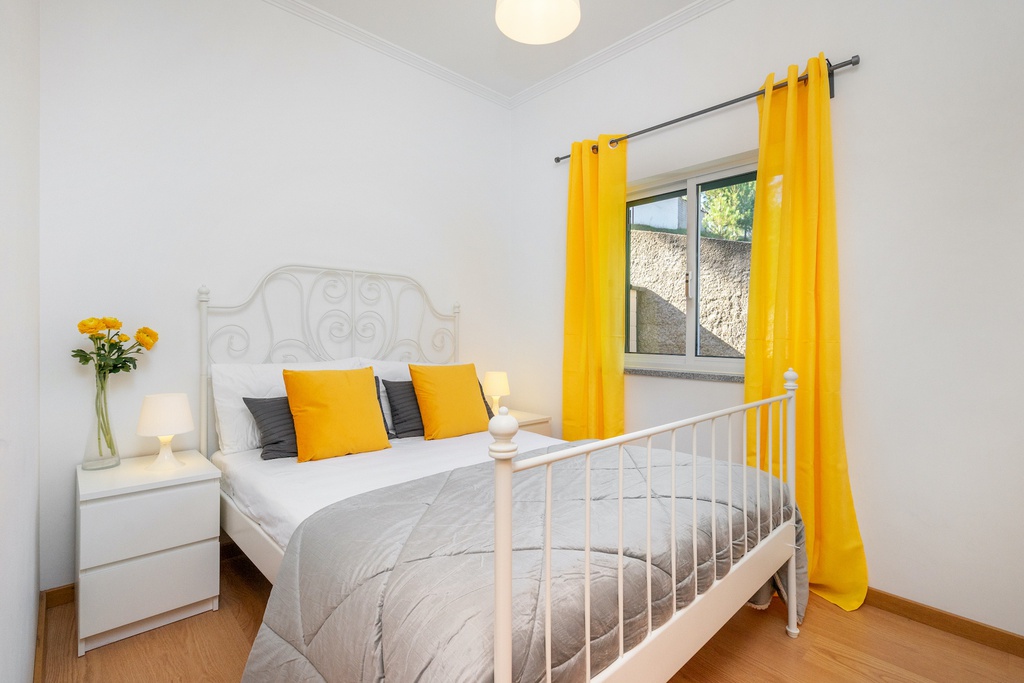
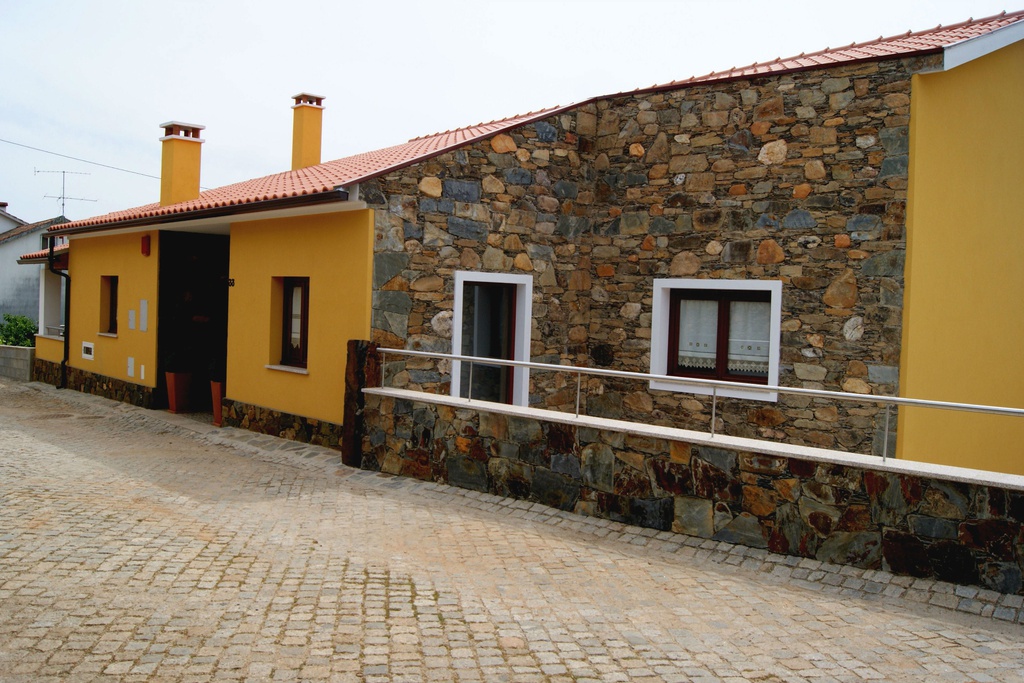
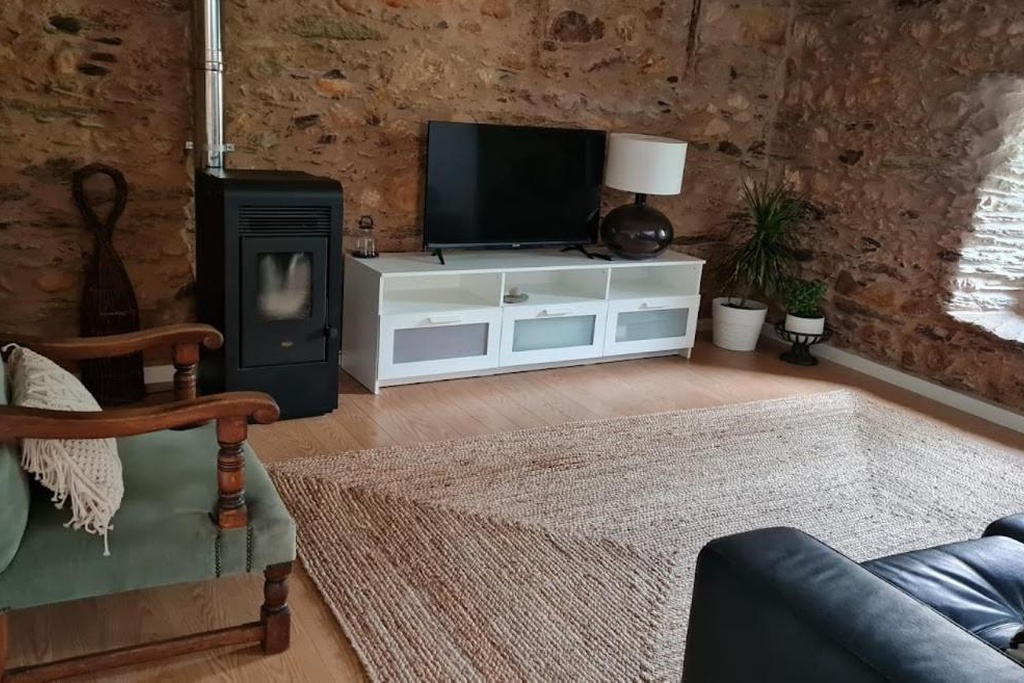
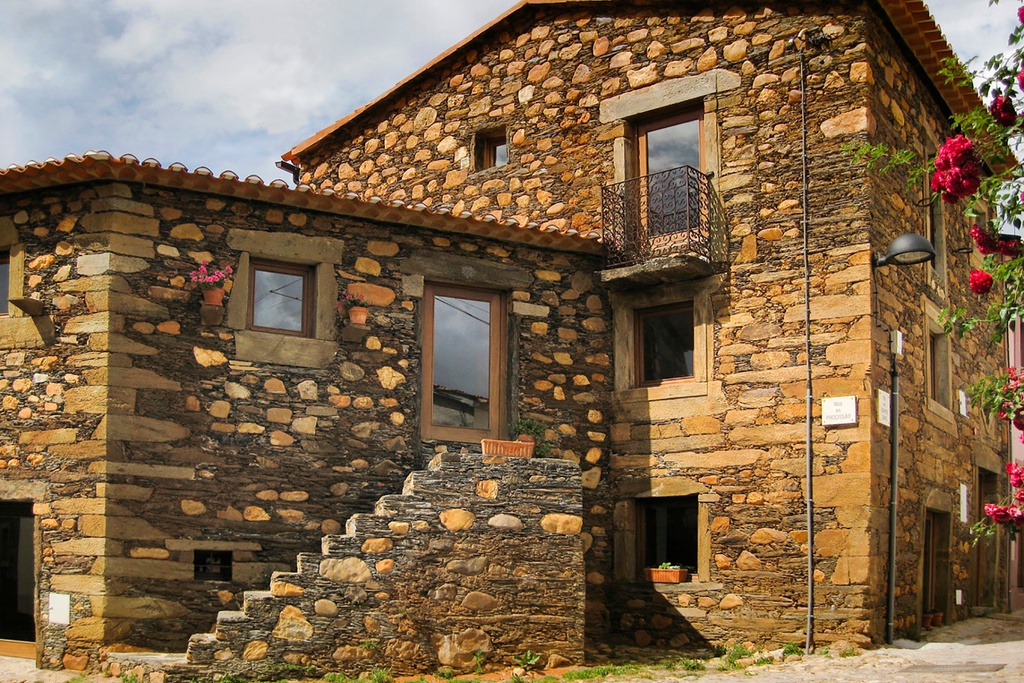
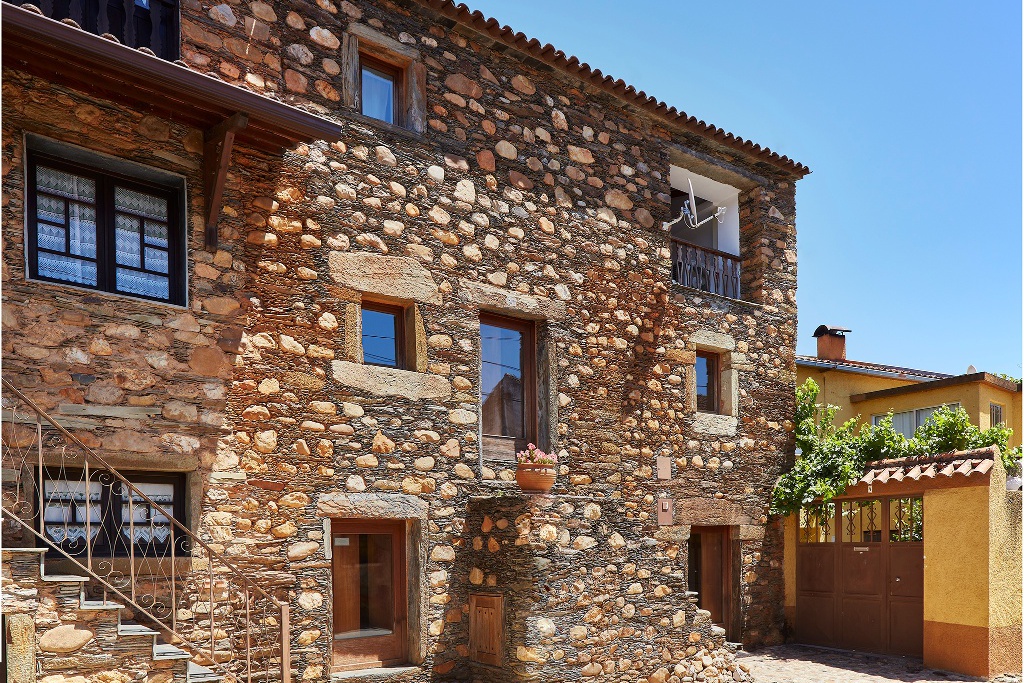
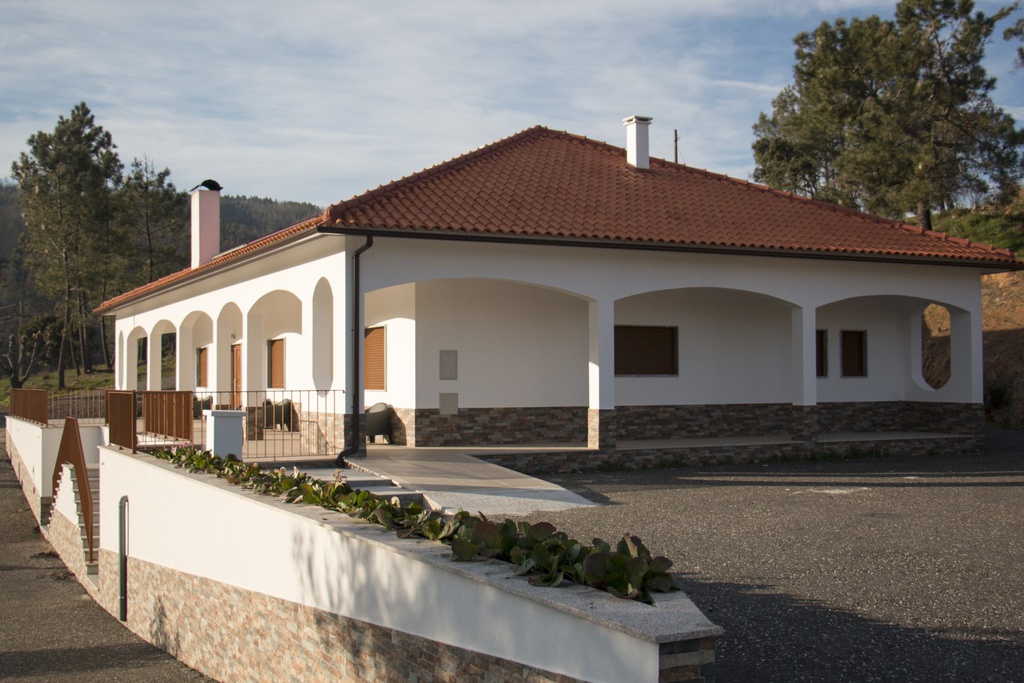
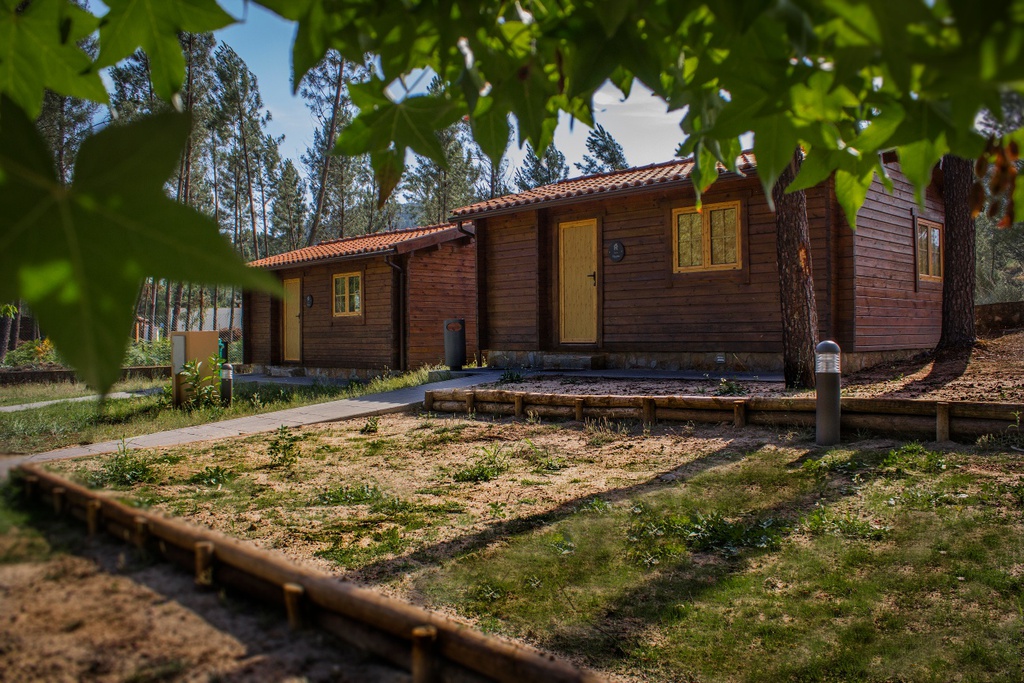
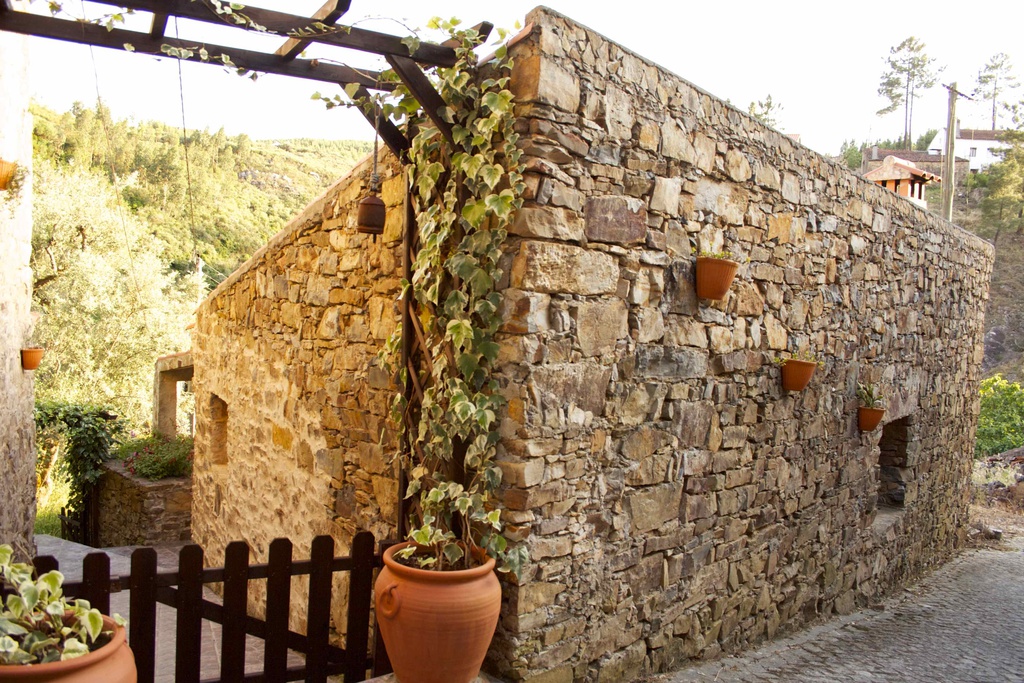
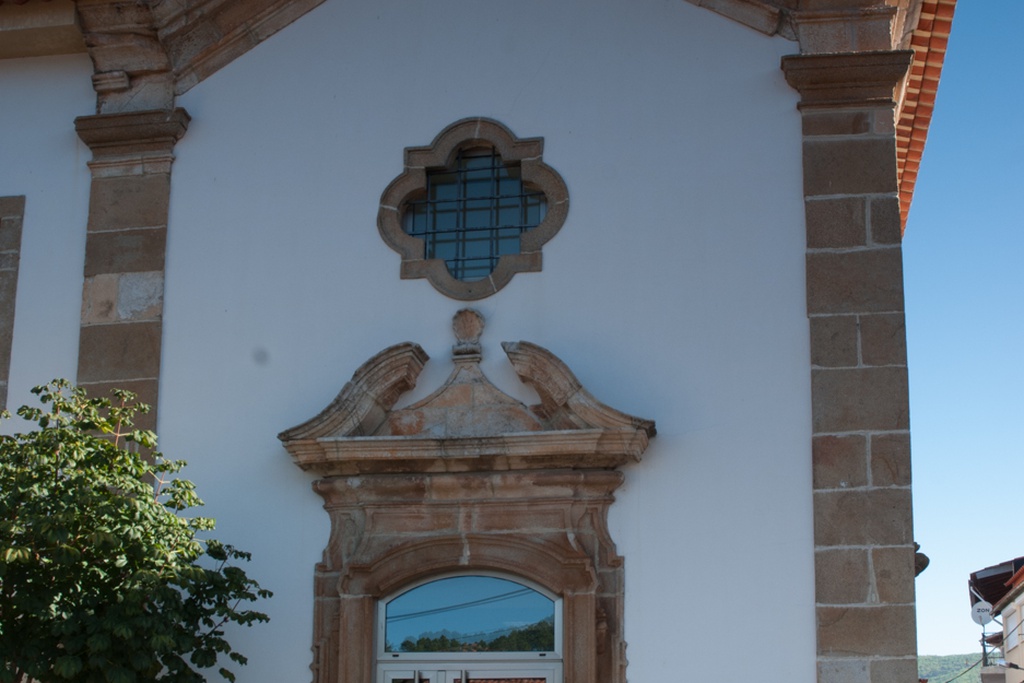
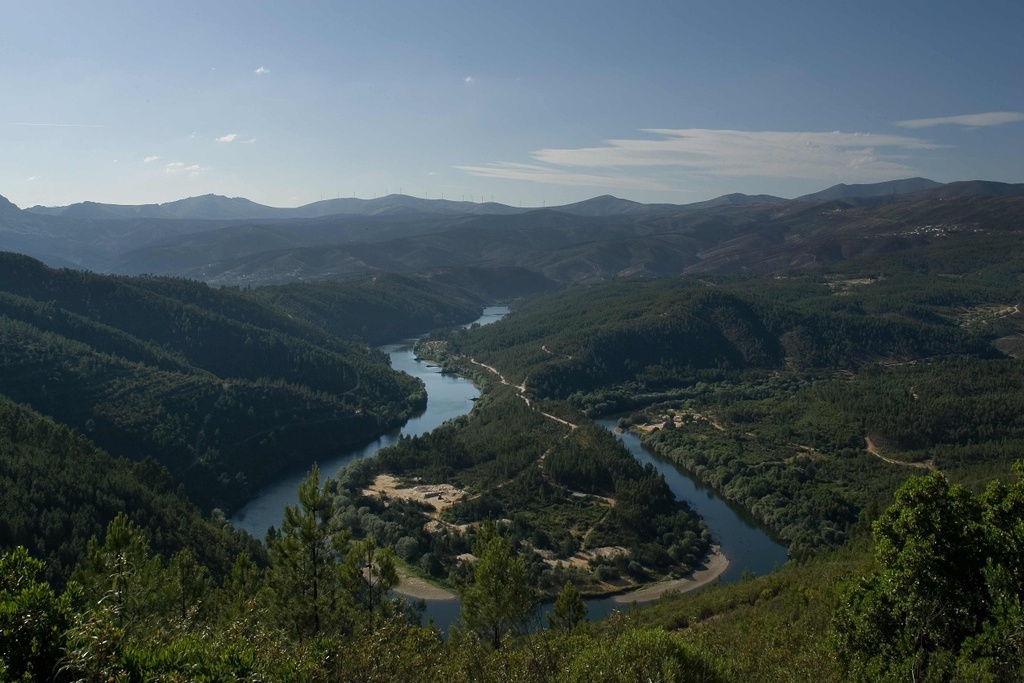
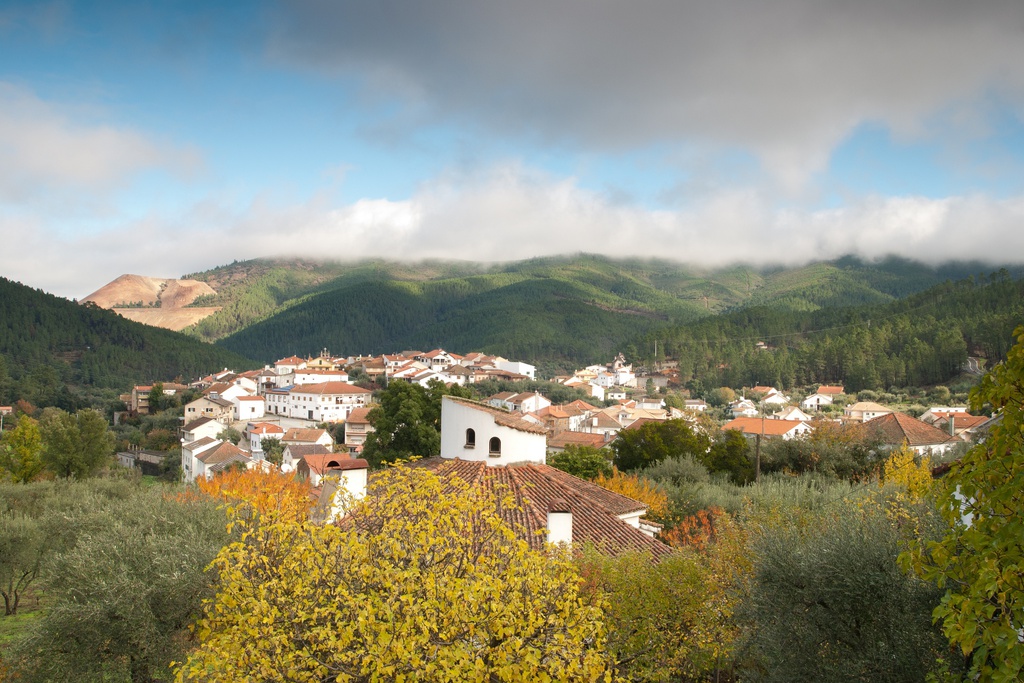
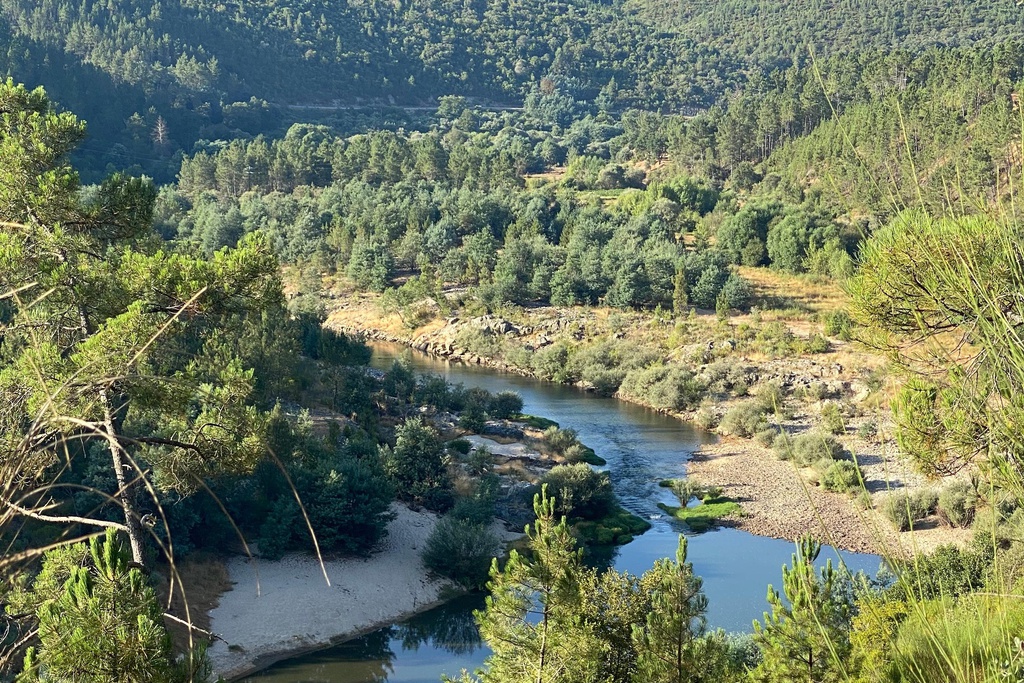
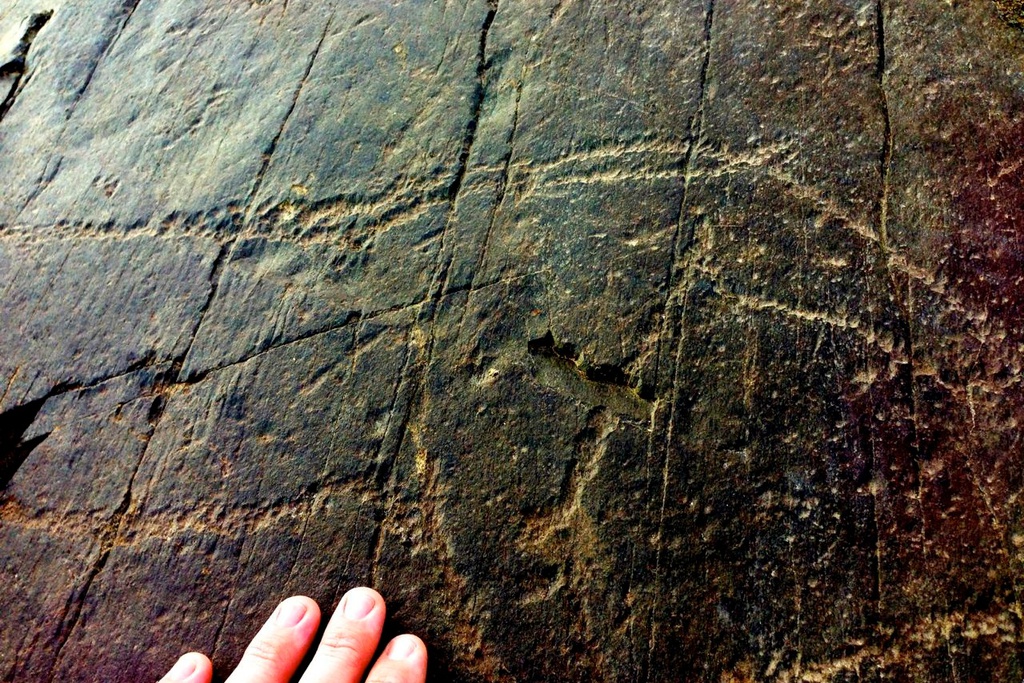
![Meanders I [GR33 - GRZ: Canoeing]](/media/filer_public/58/5d/585d1301-8dd4-48ed-a39a-ed2c548437b9/aldeias-xisto-aldeias-xisto-rio_zc3aazere_i5nr7dk.jpg.1024x683_q95_crop_upscale.jpg)
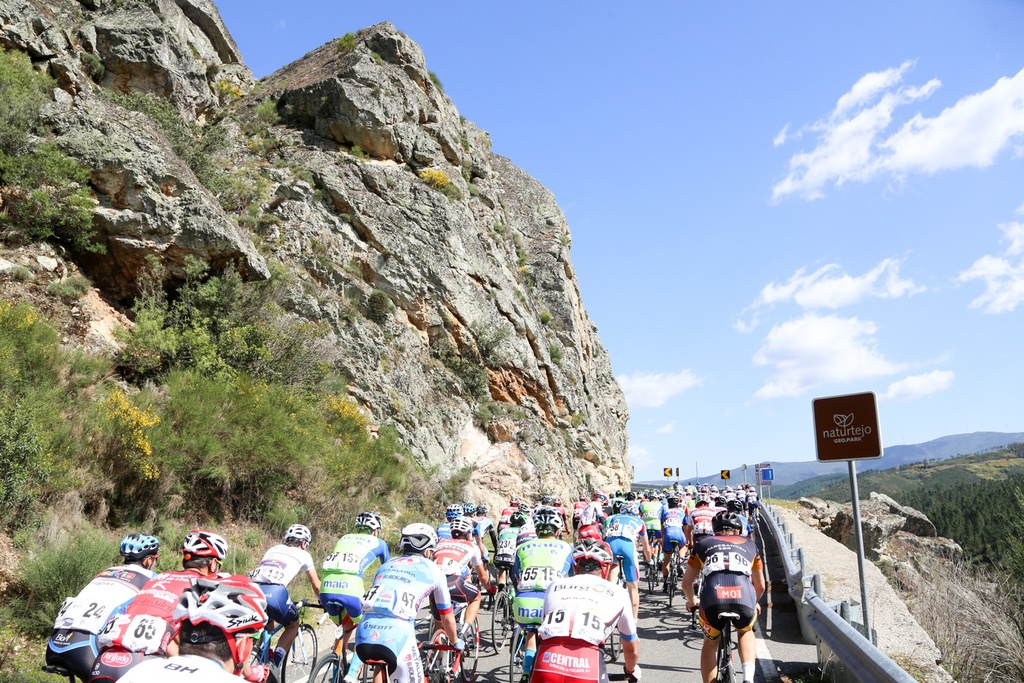
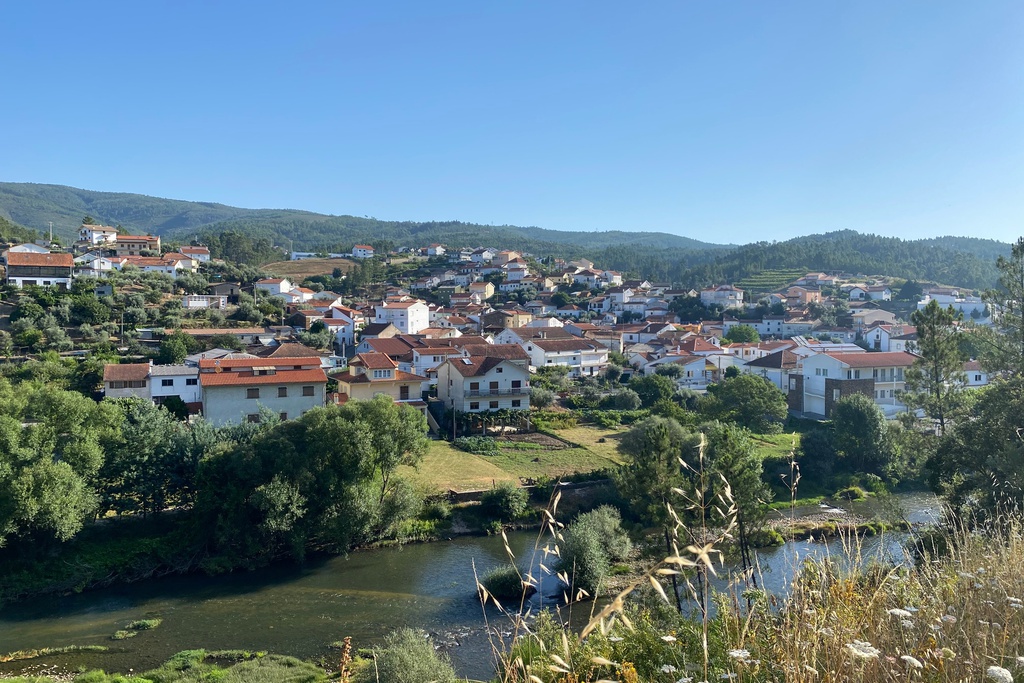
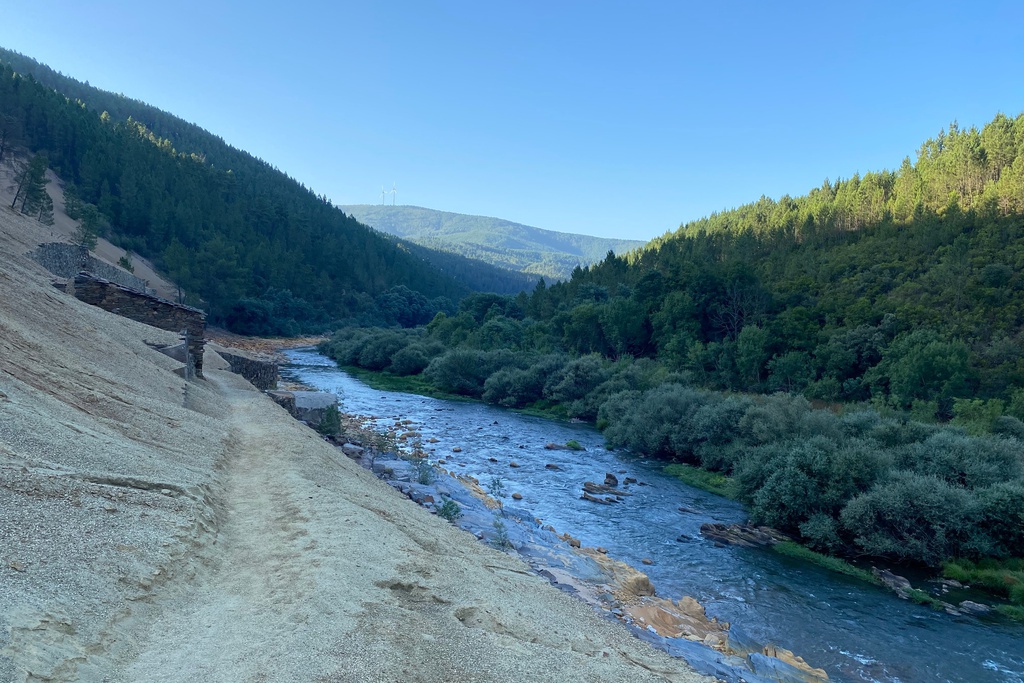
![Meanders [GRZ - MTB sector 4]](/media/filer_public/3f/c0/3fc05c9c-e2dd-45e1-8552-ecf0e861beb3/aldeias-xisto-aldeias-xisto-meandros_janeiro_de_cima__c381rea_de_descanso_do_ac3a7ude_de_janeiro_de_cima_gr_6thqndd.jpg.1024x683_q95_crop_upscale.jpg)
![GRZ on Foot - Meanders [Sector 4]](/media/filer_public/62/f2/62f200d8-4d1b-4eb7-a852-59ff7bb265f8/aldeias-xisto-aldeias-xisto-meandros_admoc3a7o__cambas_gr33_-_grz_etapa_6_trw2j3z.jpg.1024x683_q95_crop_upscale.jpg)
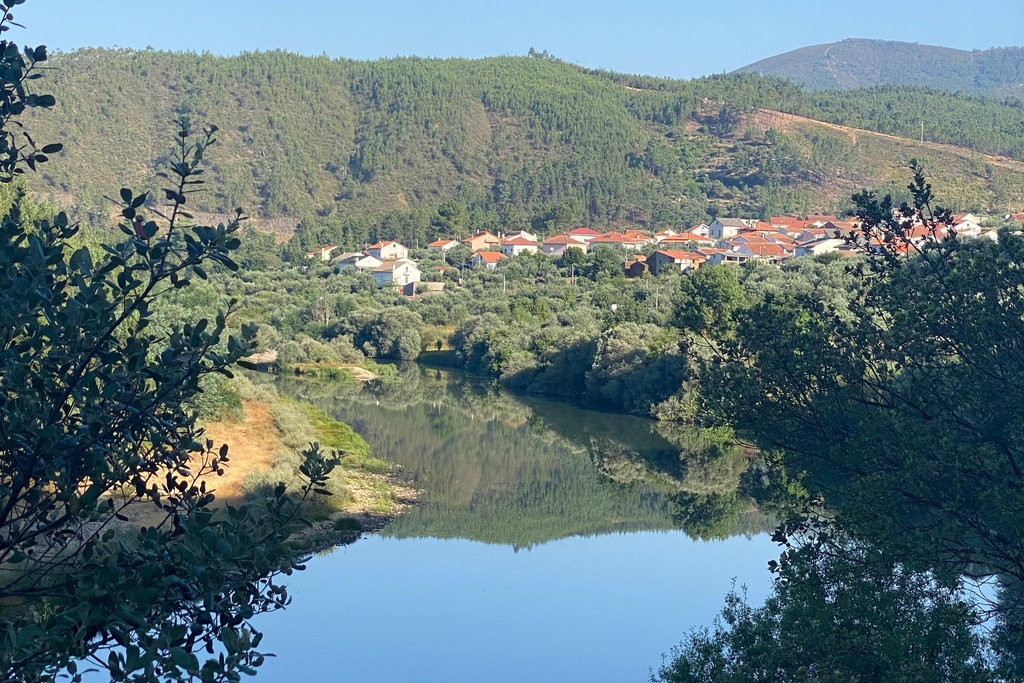
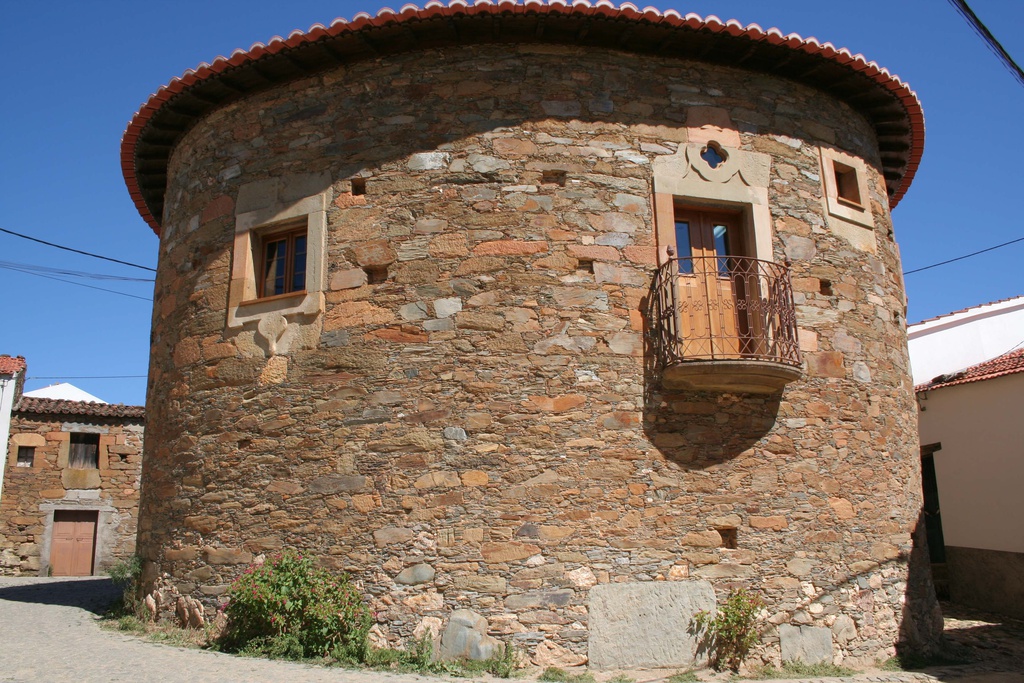
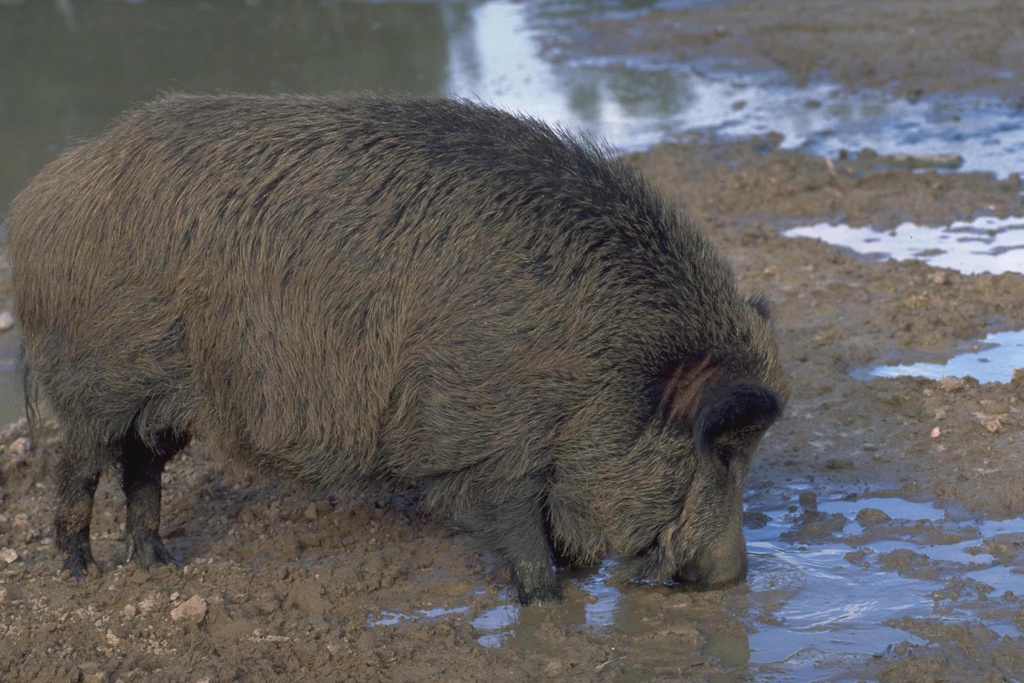
![Mining Territory [GR33 - GRZ: Canoeing]](/media/filer_public/c3/d6/c3d660ee-6ac6-453b-a89b-b005fdaf75b3/aldeias-xisto-aldeias-xisto-rio_zc3aazere_n2tbi2a.jpg.1024x683_q95_crop_upscale.jpg)
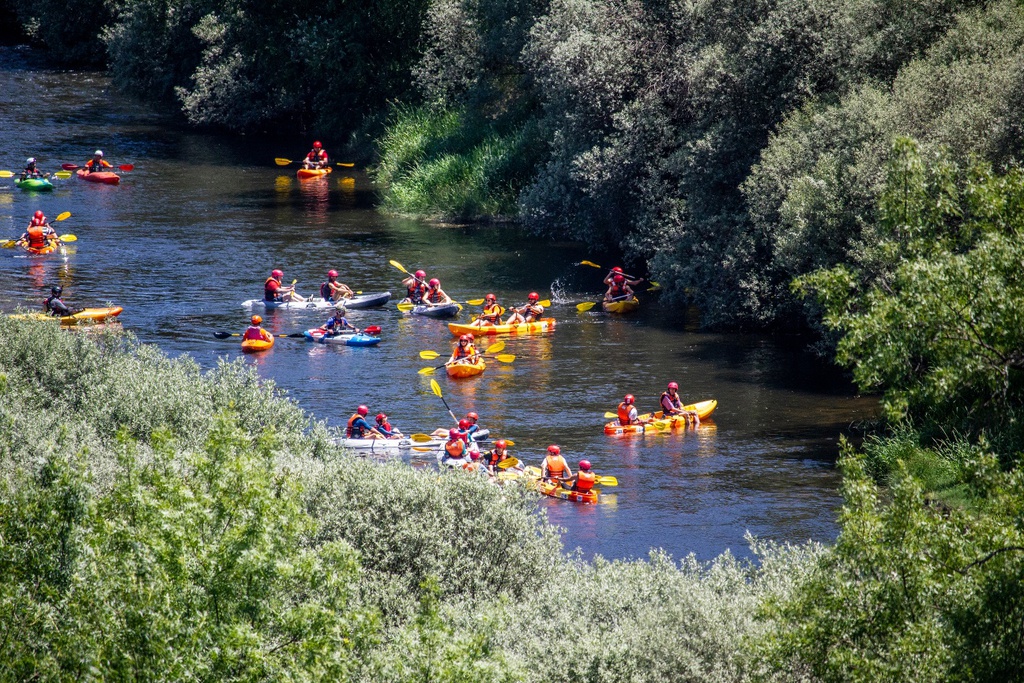
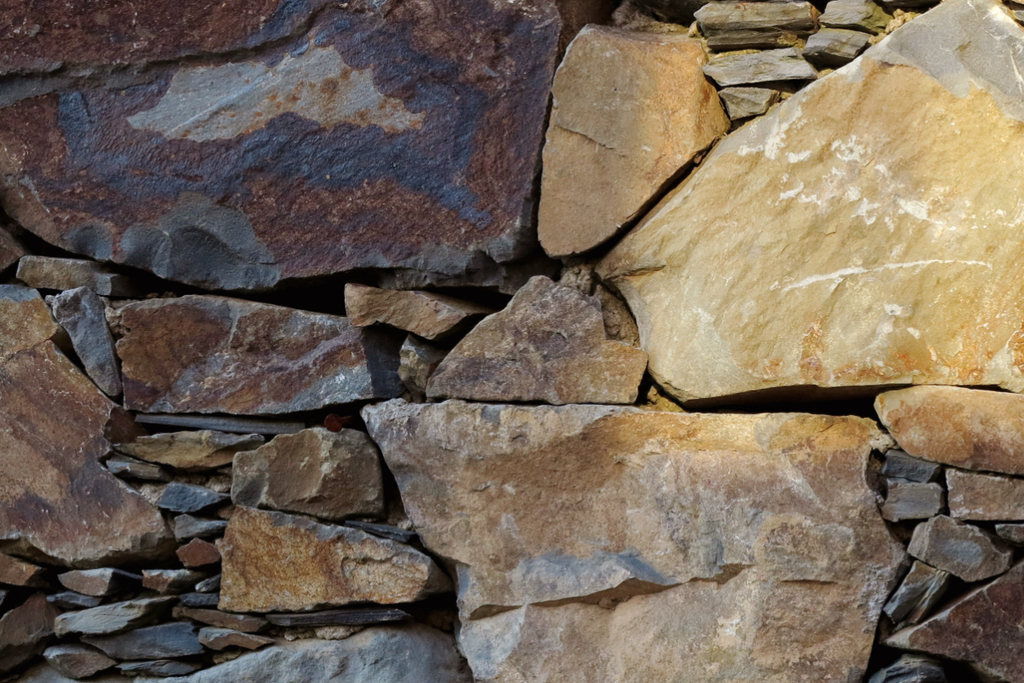
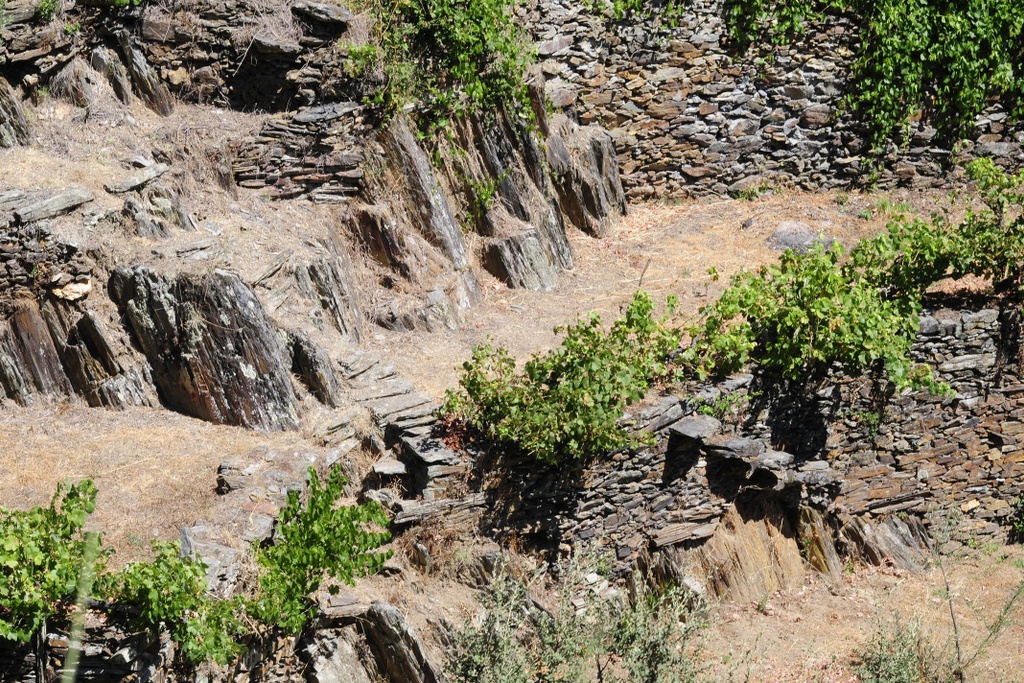
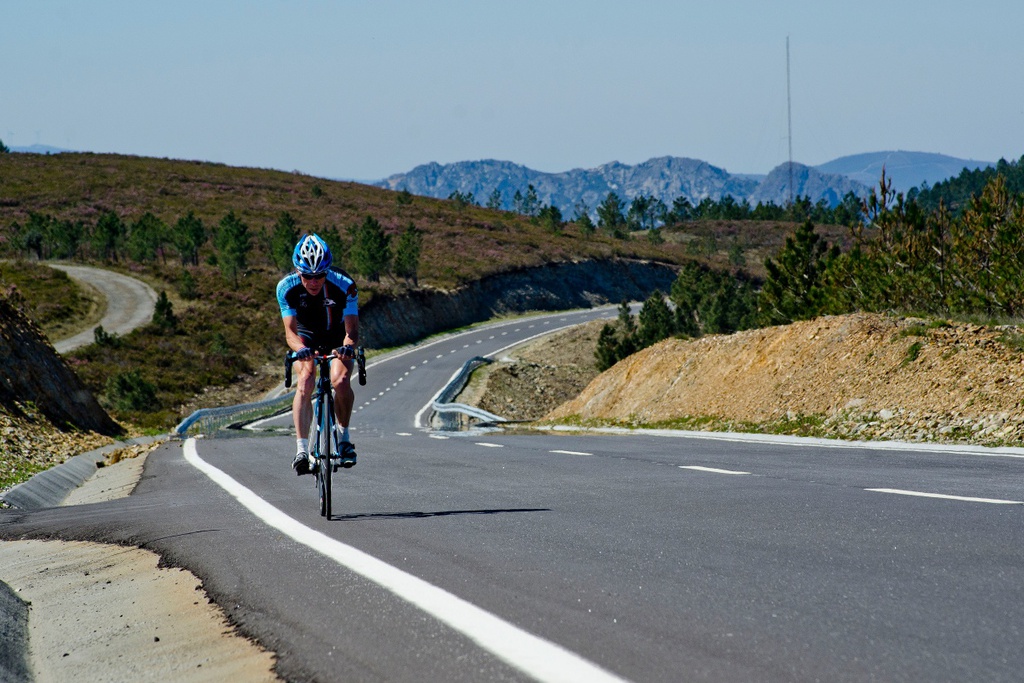
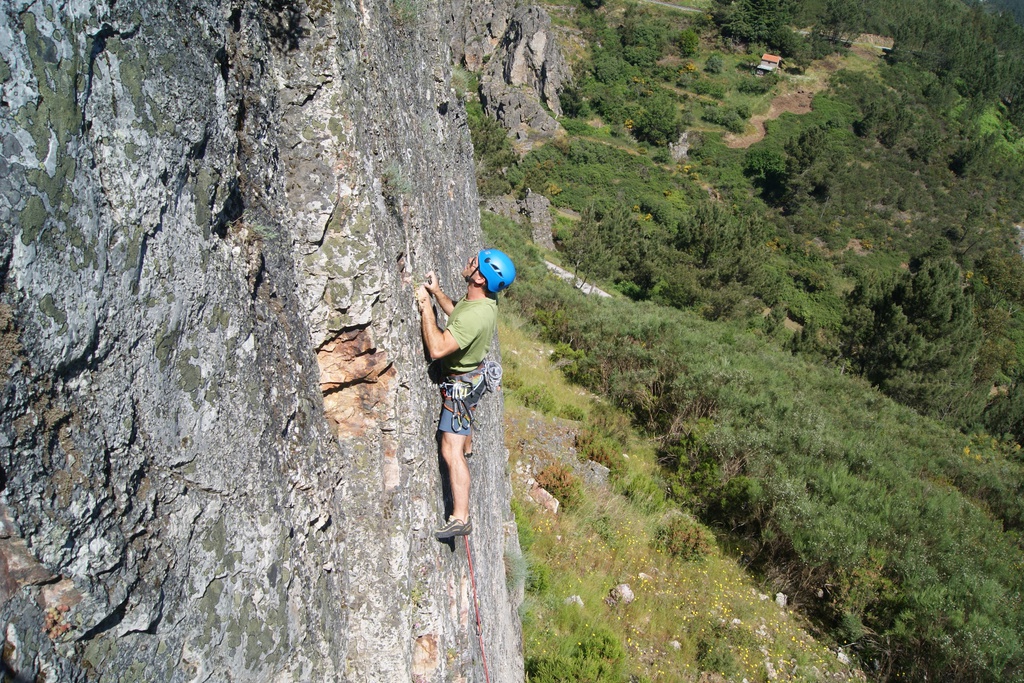
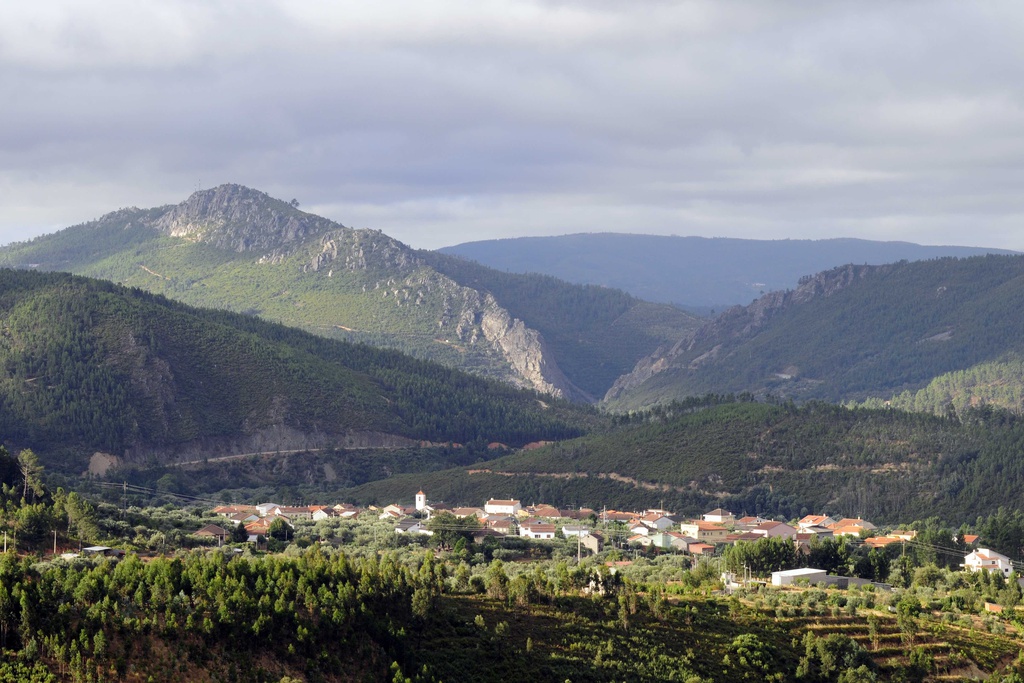
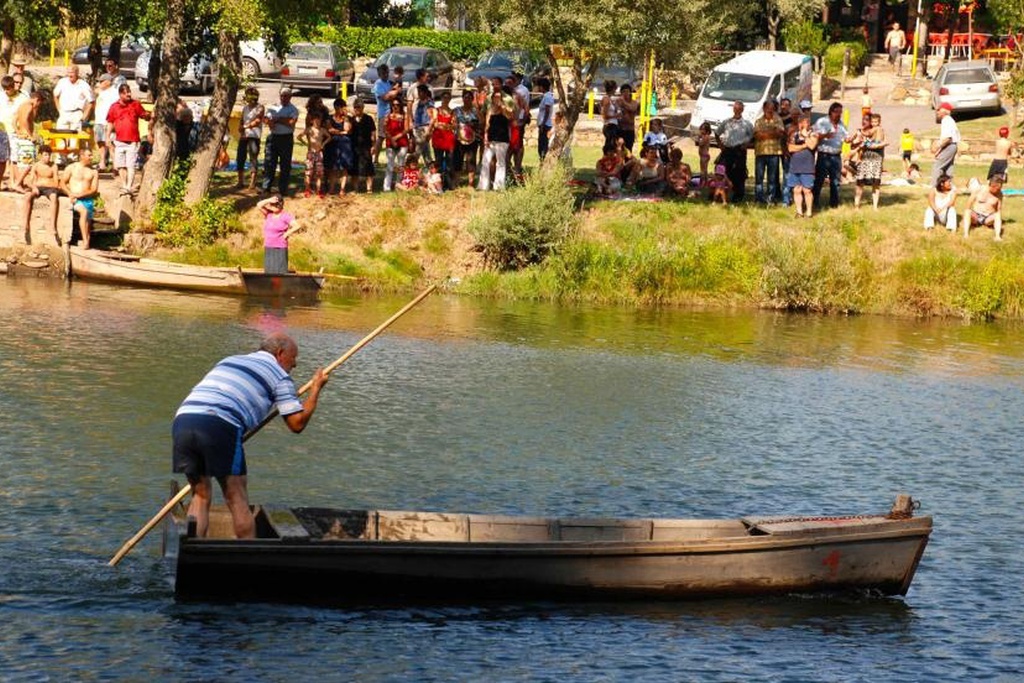
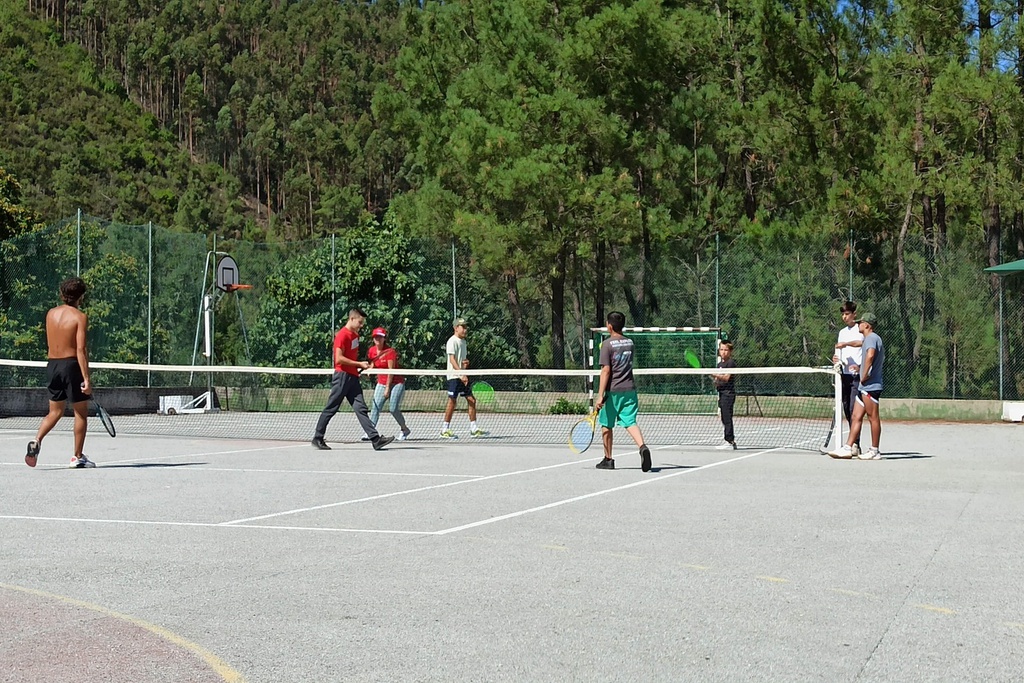
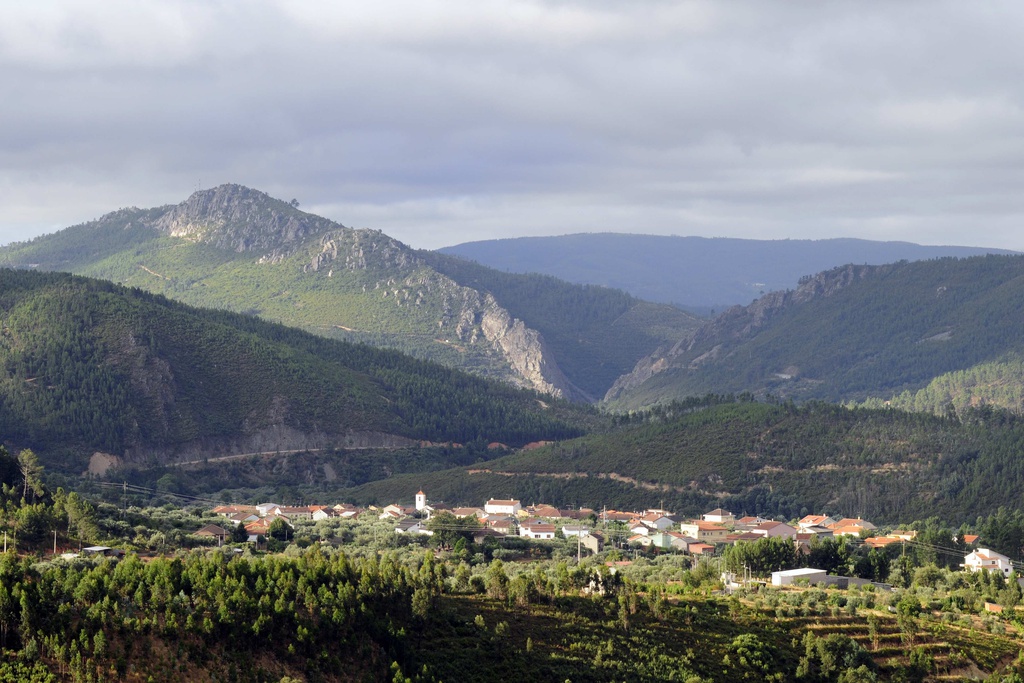
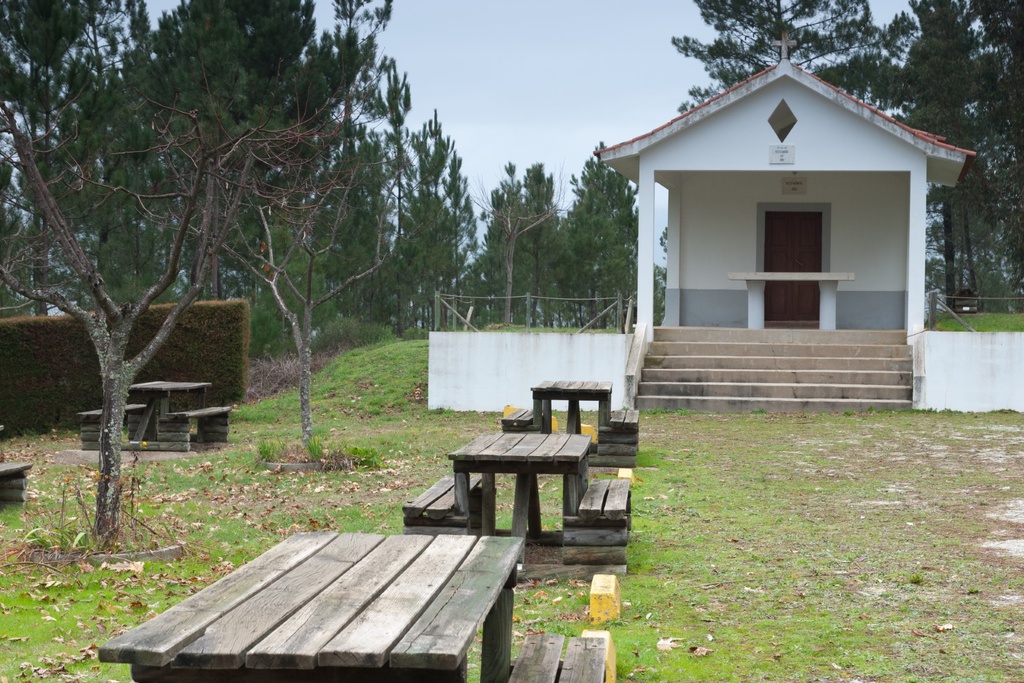
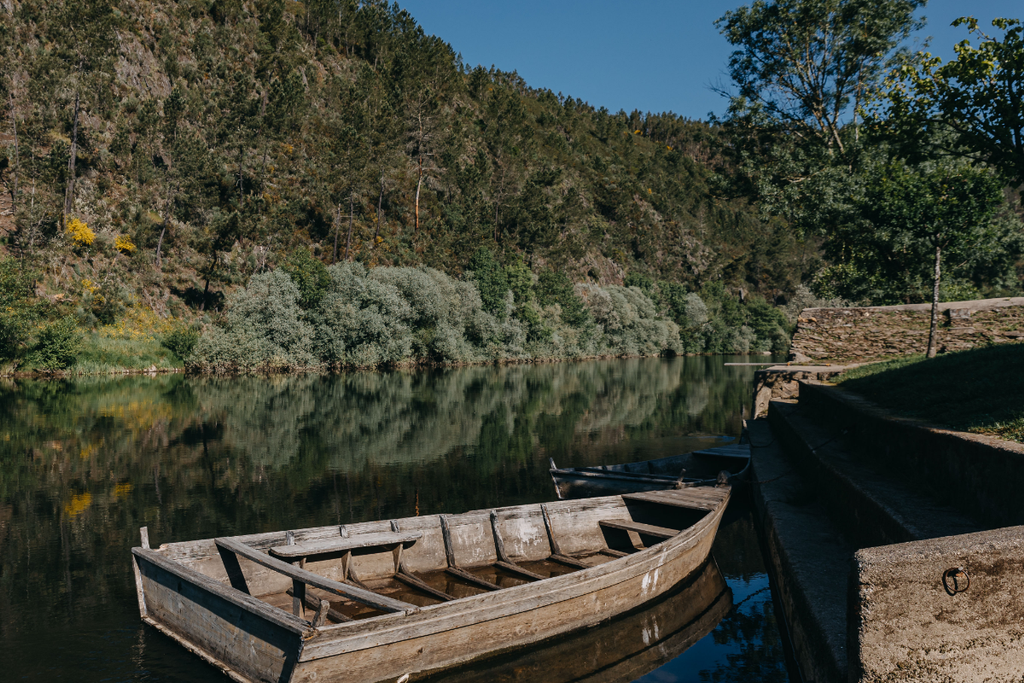
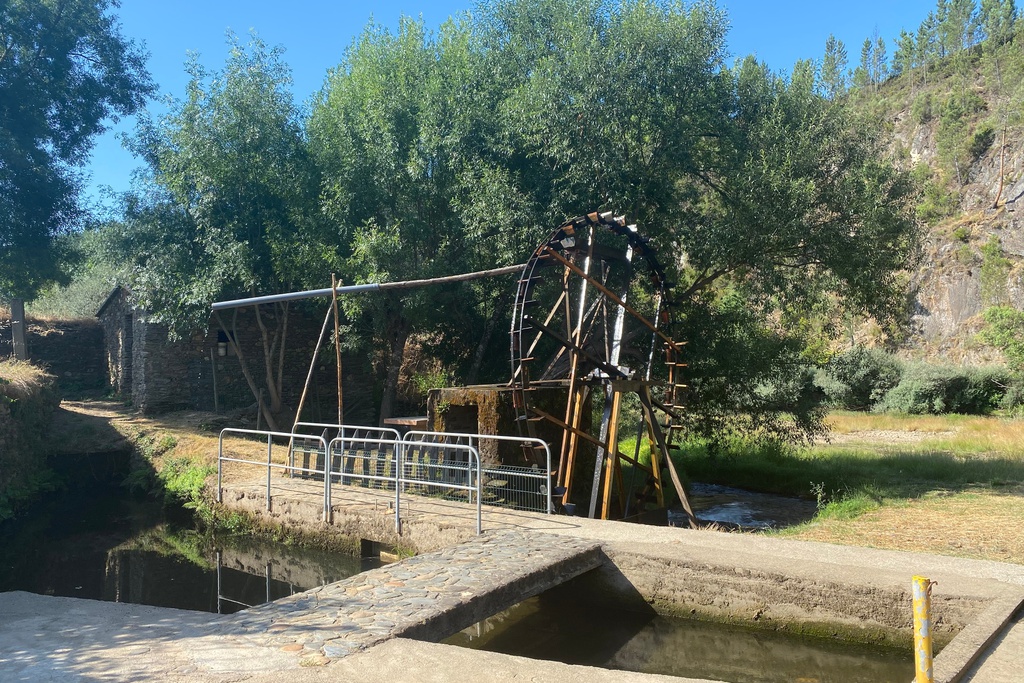
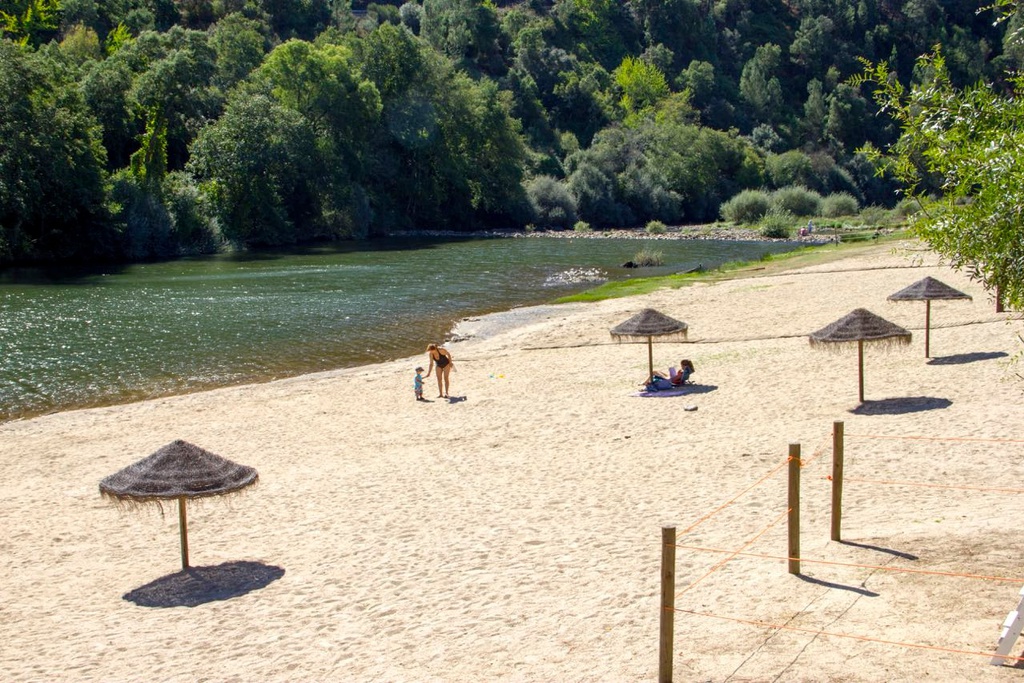
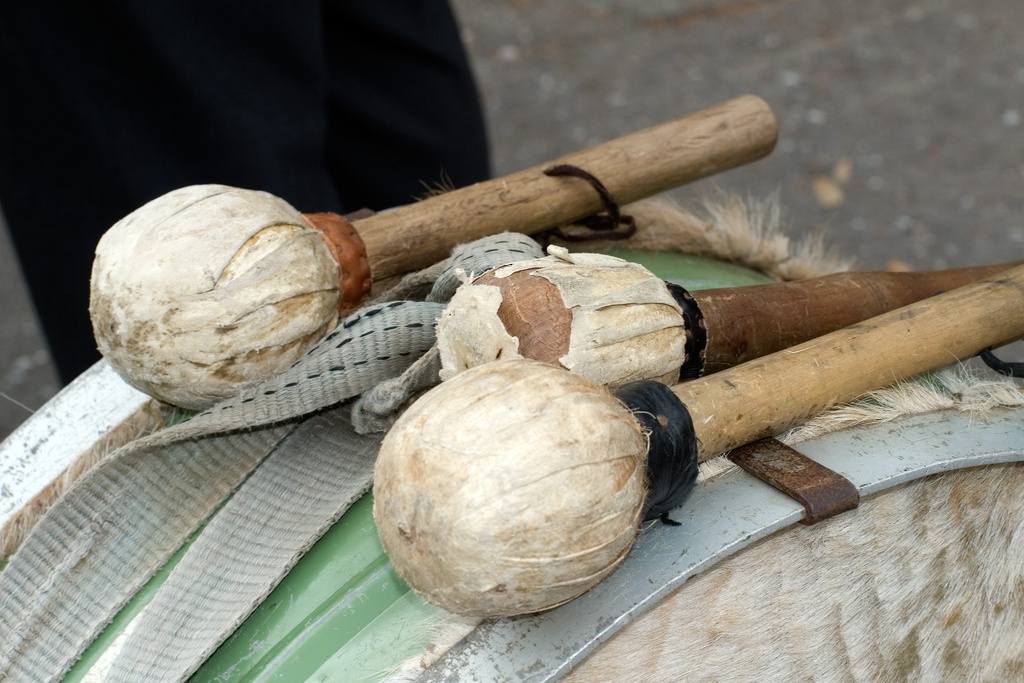
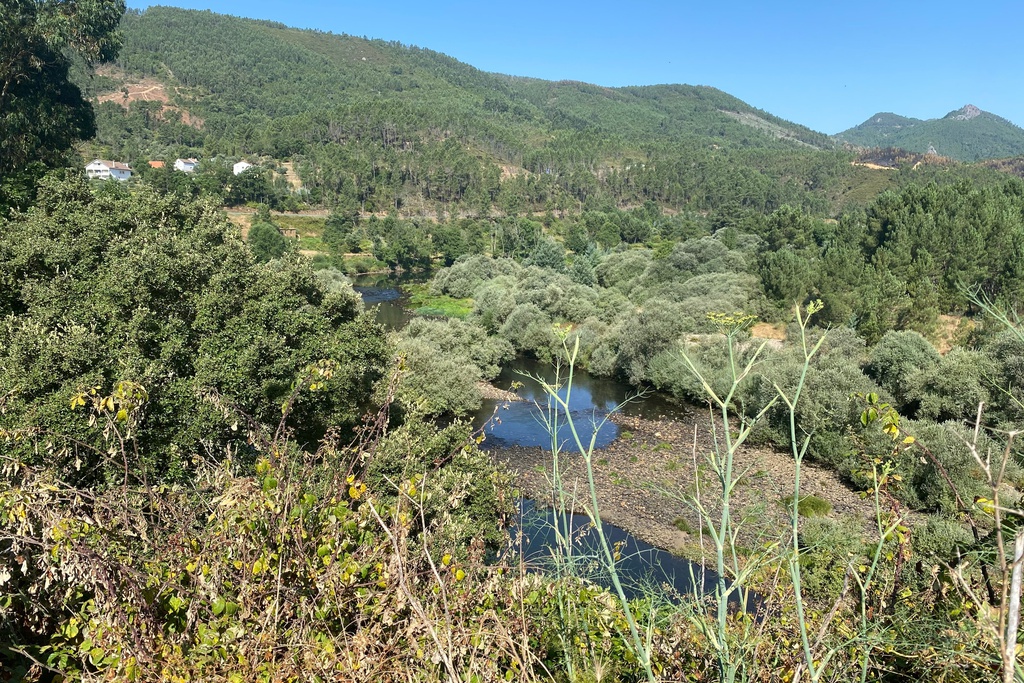
![Meanders II [GR33 - GRZ: Canoeing]](/media/filer_public/9c/b7/9cb70397-b148-4f51-b40b-ca759624346d/aldeias-xisto-aldeias-xisto-rio_zc3aazere_3dxcwph.jpg.1024x683_q95_crop_upscale.jpg)
